10 Days in Fate Bell Shelter
We knew from the beginning of The Alexandria Project that documenting Fate Bell Shelter was going to be a monumental task. A typical rock art site may take us only a few hours to complete our baseline level of documentation, while a larger site will turn into a multi-day endeavor. By the end of it, Fate Bell took 10 days of field work to complete. If we had tried to tackle this site at the beginning of the project it easily would have taken us twice as long. Thus far we have recorded over 136 sites for the Alexandria Project and have found each site presents very specific challenges such as poor lighting, odd viewing angles, obstructions blocking the rock art, low or high ceilings, and many more occur regularly—and that’s ok. When dealing with a handful of problems, especially at relatively small rock art sites, you can manage; however, when tackling a site like Fate Bell you are presented with all of these challenges at once and it can become a bit overwhelming. It was a good thing we had so many sites under our belt (95 when we started Fate Bell) and we were as prepared as we could be, but there are always surprises. Throughout those 10 days, we worked hard, sweated hard, laughed, cried, shouted with excitement, and shouted with frustration. In the end, it was all worth it… This is our story of the Alexandria Project documentation of the pictographs at Fate Bell Shelter in Seminole Canyon State Park.
Fate Bell Shelter
Field Work
Day One – Preparation is the Key to Success
Our typical 10-15 minutes turned into the entire first day to develop a plan. Fate Bell’s rock art seems chaotic due to the sheer volume of imagery, the positioning (ceiling, floor, boulders, etc.), variation in figure size (from 1 inch to 15 feet tall in a single section), and angles of the rock surface. In order to logically document the site, it became clear we first had to divide the panel into more manageable pieces. Our solution was to divide the panel into 41 smaller sections using natural features in the wall, gaps between rock art figures, or ideal surfaces for gigapanoramas (see SfM/Gigapan blog post). Each section was assigned a number, marked with flagging tape, and photographed for reference (map provided at the end of this blog post).
Day Two – The Recording Began
Day Three – The Menagerie
Day Four – VIPs in the LPC
Day Five – The Zone
Day Six – An Unexpected Surprise
Day Seven- Hidden in Plain Sight
Day Eight- Marooned in the Rain
Day Nine – Lasers for Science
Day Ten- The Photographic Workout
Closing Remarks
Links to Gigapan Sections and 3D Models
Use the image above to locate the correct Gigapan section to view within the gallery below
http://www.gigapan.com/gigapans/213604 (Panel 1 Section 00 DStretch)
http://www.gigapan.com/gigapans/213603 (Panel 1 Section 01 real-color)
http://www.gigapan.com/gigapans/213602 (Panel 1 Section 01 DStretch)
http://www.gigapan.com/gigapans/213601 (Panel 1 Section 02 real-color)
http://www.gigapan.com/gigapans/213600 (Panel 1 Section 02 DStretch)
http://www.gigapan.com/gigapans/214691 (Panel 1 Section 03 real-color)
http://www.gigapan.com/gigapans/213598 (Panel 1 Section 03 DStretch)
http://www.gigapan.com/gigapans/213596 (Panel 1 Section 04 real-color)
http://www.gigapan.com/gigapans/213595 (Panel 1 Section 04 DStretch)
http://www.gigapan.com/gigapans/214690 (Panel 1 Section 05 real-color)
http://www.gigapan.com/gigapans/214688 (Panel 1 Section 05 DStretch)
http://www.gigapan.com/gigapans/213587 (Panel 1 Section 06 real-color)
http://www.gigapan.com/gigapans/213586 (Panel 1 Section 06 DStretch)
http://www.gigapan.com/gigapans/213585 (Panel 1 Section 07 real-color)
http://www.gigapan.com/gigapans/213584 (Panel 1 Section 07 DStretch)
http://www.gigapan.com/gigapans/213583 (Panel 1 Section 08 real-color)
http://www.gigapan.com/gigapans/213582 (Panel 1 Section 08 DStretch)
http://www.gigapan.com/gigapans/214685 (Panel 1 Section 09 real-color)
http://www.gigapan.com/gigapans/214678 (Panel 1 Section 09 DStretch)
http://www.gigapan.com/gigapans/213579 (Panel 1 Section 10 real-color)
http://www.gigapan.com/gigapans/213578 (Panel 1 Section 10 DStretch)
http://www.gigapan.com/gigapans/213576 (Panel 1 Section 11 real-color)
http://www.gigapan.com/gigapans/213575 (Panel 1 Section 11 DStretch)
http://www.gigapan.com/gigapans/213573 (Panel 1 Section 12 real-color)
http://www.gigapan.com/gigapans/213571 (Panel 1 Section 12 DStretch 1)\
http://www.gigapan.com/gigapans/213569 (Panel 1 Section 12 DStretch 2)
http://www.gigapan.com/gigapans/213568 (Panel 1 Section 13 real-color)
http://www.gigapan.com/gigapans/213563 (Panel 1 Section 13 DStretch)
http://www.gigapan.com/gigapans/214676 (Panel 1 Section 14 real-color)
http://www.gigapan.com/gigapans/214673 (Panel 1 Section 14 DStretch)
http://www.gigapan.com/gigapans/213560 (Panel 1 Section 15 real-color)
http://www.gigapan.com/gigapans/213559 (Panel 1 Section 15 DStretch)
http://www.gigapan.com/gigapans/213558 (Panel 1 Section 16 real-color)
http://www.gigapan.com/gigapans/213557 (Panel 1 Section 16 DStretch)
http://www.gigapan.com/gigapans/214672 (Panel 1 Section 17 real-color)
http://www.gigapan.com/gigapans/214652 (Panel 1 Section 17 DStretch)
http://www.gigapan.com/gigapans/213554 (Panel 1 Section 18 real-color)
http://www.gigapan.com/gigapans/214651 (Panel 1 Section 18 DStretch)
http://www.gigapan.com/gigapans/213550 (Panel 1 Section 19 real-color)
http://www.gigapan.com/gigapans/214650 (Panel 1 Section 19 DStretch)
http://www.gigapan.com/gigapans/213548 (Panel 1 Section 20 real-color)
http://www.gigapan.com/gigapans/213547 (Panel 1 Section 20 DStretch)
http://www.gigapan.com/gigapans/213546 (Panel 1 Section 21 real-color)
http://www.gigapan.com/gigapans/213545 (Panel 1 Section 21 DStretch)
http://www.gigapan.com/gigapans/213541 (Panel 1 Section 22 real-color)
http://www.gigapan.com/gigapans/213539 (Panel 1 Section 22 DStretch)
http://www.gigapan.com/gigapans/213538 (Panel 1 Section 23 real-color)
http://www.gigapan.com/gigapans/213536 (Panel 1 Section 23 DStretch)
http://www.gigapan.com/gigapans/213534 (Panel 1 Section 24 real-color)
http://www.gigapan.com/gigapans/213533 (Panel 1 Section 24 DStretch)
http://www.gigapan.com/gigapans/213532 (Panel 1 Section 25 real-color)
http://www.gigapan.com/gigapans/213531 (Panel 1 Section 25 DStretch)
http://www.gigapan.com/gigapans/213516 (Panel 1 Section 26 DStretch)
http://www.gigapan.com/gigapans/213515 (Panel 1 Section 27 real-color)
http://www.gigapan.com/gigapans/213514 (Panel 1 Section 27 DStretch)
http://www.gigapan.com/gigapans/213512 (Panel 1 Section 28 real-color)
http://www.gigapan.com/gigapans/213511 (Panel 1 Section 28 DStretch)
http://www.gigapan.com/gigapans/213510 (Panel 1 Section 29 real-color)
http://www.gigapan.com/gigapans/213509 (Panel 1 Section 29 DStretch)
http://www.gigapan.com/gigapans/213506 (Panel 1 Section 30 real-color)
http://www.gigapan.com/gigapans/213505 (Panel 1 Section 30 DStretch)
http://www.gigapan.com/gigapans/213504 (Panel 1 Section 31 real-color)
http://www.gigapan.com/gigapans/213503 (Panel 1 Section 31 DStretch)
http://www.gigapan.com/gigapans/213502 (Panel 1 Section 32 real-color)
http://www.gigapan.com/gigapans/213501 (Panel 1 Section 32 DStretch)
http://www.gigapan.com/gigapans/213498 (Panel 1 Section 33 real-color)
http://www.gigapan.com/gigapans/213496 (Panel 1 Section 33 DStretch)
http://www.gigapan.com/gigapans/213495 (Panel 1 Section 34 real-color)
http://www.gigapan.com/gigapans/213493 (Panel 1 Section 34 DStretch)
http://www.gigapan.com/gigapans/213492 (Panel 1 Section 35 real-color)
http://www.gigapan.com/gigapans/213491 (Panel 1 Section 35 DStretch 1)
http://www.gigapan.com/gigapans/213490 (Panel 1 Section 35 DStretch 2)
http://www.gigapan.com/gigapans/213488 (Panel 1 Section 36 real-color)
http://www.gigapan.com/gigapans/213481 (Panel 1 Section 36 DStretch 1)
http://www.gigapan.com/gigapans/213480 (Panel 1 Section 36 DStretch 2)
http://www.gigapan.com/gigapans/213479 (Panel 1 Section 37 real-color)
http://www.gigapan.com/gigapans/213478 (Panel 1 Section 37 DStretch)
http://www.gigapan.com/gigapans/213476 (Panel 1 Section 38 real-color)
http://www.gigapan.com/gigapans/213475 (Panel 1 Section 38 DStretch)
http://www.gigapan.com/gigapans/213632 (Panel 1 Ceiling Section 2 real-color)
http://www.gigapan.com/gigapans/213631 (Panel 1 Ceiling Section 2 DStretch 1)
http://www.gigapan.com/gigapans/213630 (Panel 1 Ceiling Section 2 DStretch 2)
http://www.gigapan.com/gigapans/213629 (Panel 1 Ceiling Section 2A real-color)
http://www.gigapan.com/gigapans/213628 (Panel 1 Ceiling Section 2A DStretch 1)
http://www.gigapan.com/gigapans/213627 (Panel 1 Ceiling Section 2A DStretch 2)
http://www.gigapan.com/gigapans/213626 (Panel 1 Ceiling Section 2B real-color)
http://www.gigapan.com/gigapans/213625 (Panel 1 Ceiling Section 2B DStretch 1)
http://www.gigapan.com/gigapans/213624 (Panel 1 Ceiling Section 2B DStretch 2)
http://www.gigapan.com/gigapans/213623 (Panel 1 Ceiling Section 2C real-color)
http://www.gigapan.com/gigapans/213622 (Panel 1 Ceiling Section 2C DStretch 1)
http://www.gigapan.com/gigapans/213621 (Panel 1 Ceiling Section 2C DStretch 2)
http://www.gigapan.com/gigapans/213620 (Panel 1 Ceiling Section 2C2 real-color)
http://www.gigapan.com/gigapans/213619 (Panel 1 Ceiling Section 2C2 DStretch 1)
http://www.gigapan.com/gigapans/213618 (Panel 1 Ceiling Section 2C2 DStretch 2)
http://www.gigapan.com/gigapans/213617 (Panel 1 Ceiling Section 2D real-color)
http://www.gigapan.com/gigapans/213616 (Panel 1 Ceiling Section 2D DStretch 1)
http://www.gigapan.com/gigapans/213615 (Panel 1 Ceiling Section 2D DStretch 2)
http://www.gigapan.com/gigapans/213614 (Panel 1 Ceiling Section 2E real-color)
http://www.gigapan.com/gigapans/213613 (Panel 1 Ceiling Section 2E DStretch 1)
http://www.gigapan.com/gigapans/213612 (Panel 1 Ceiling Section 2E DStretch 2)
http://www.gigapan.com/gigapans/213611 (Panel 1 Ceiling Section 2F real-color)
http://www.gigapan.com/gigapans/213610 (Panel 1 Ceiling Section 2F DStretch 1)
http://www.gigapan.com/gigapans/213609 (Panel 1 Ceiling Section 2F DStretch 2)
http://www.gigapan.com/gigapans/213608 (Panel 1 Ceiling Section 2G real-color)
http://www.gigapan.com/gigapans/213607 (Panel 1 Ceiling Section 2G DStretch 1)
http://www.gigapan.com/gigapans/213606 (Panel 1 Ceiling Section 2G DStretch 2)
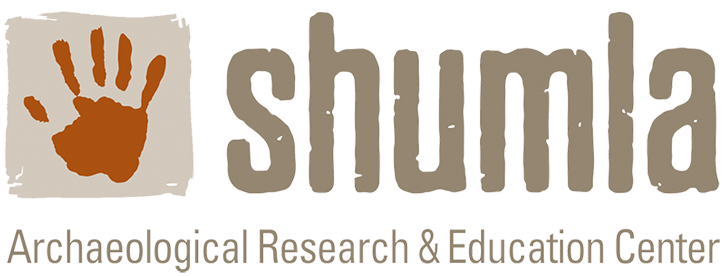
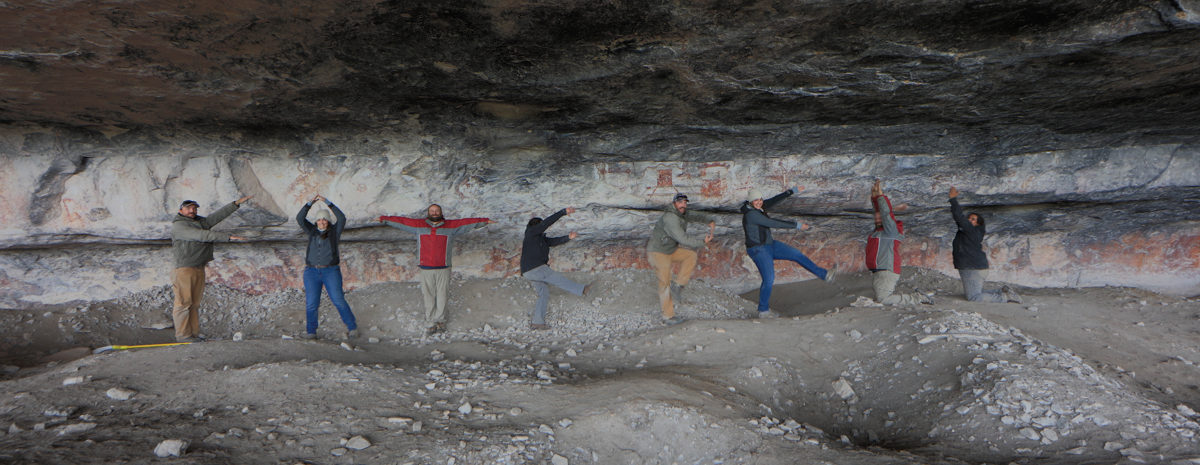

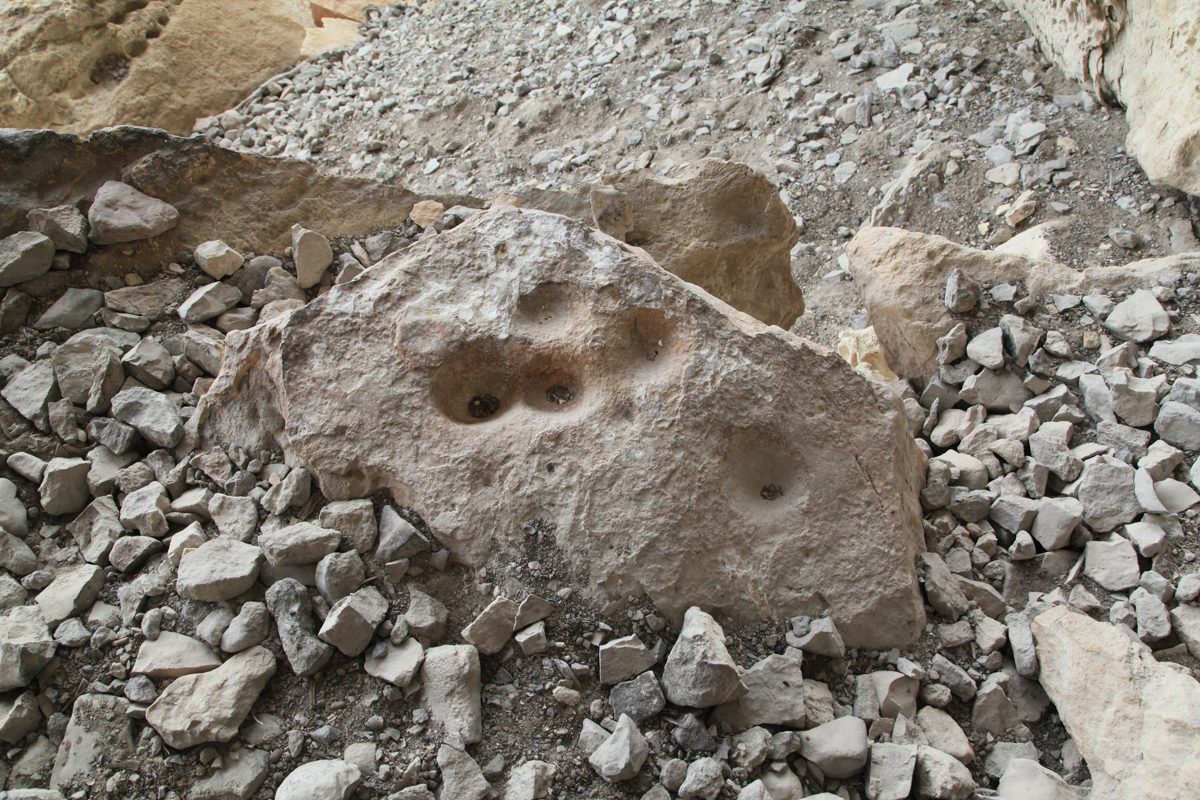
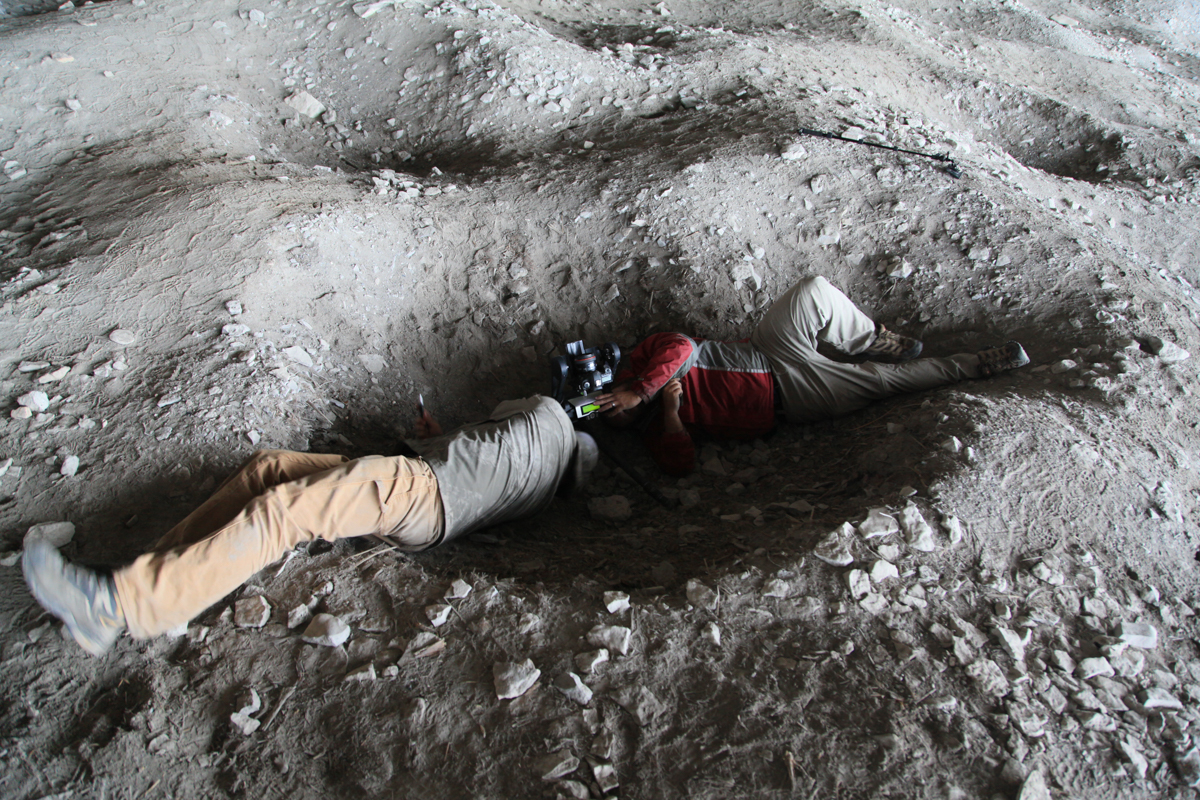
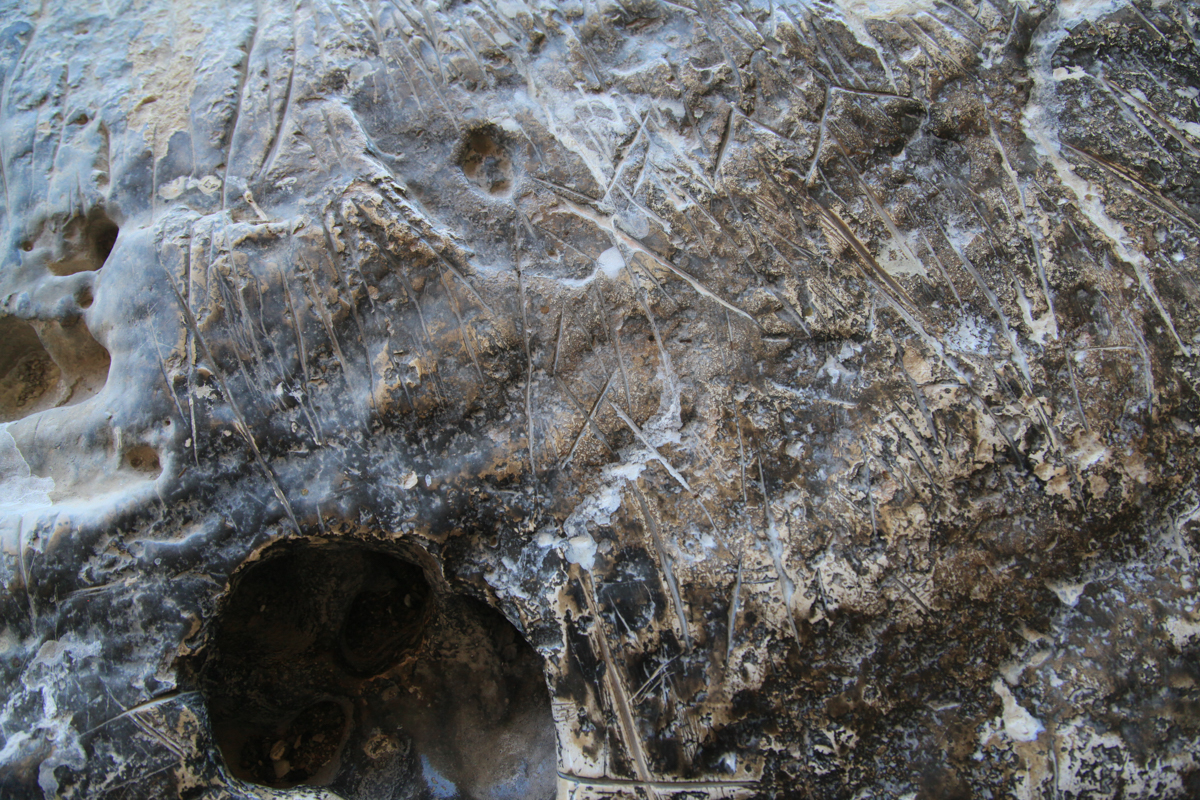
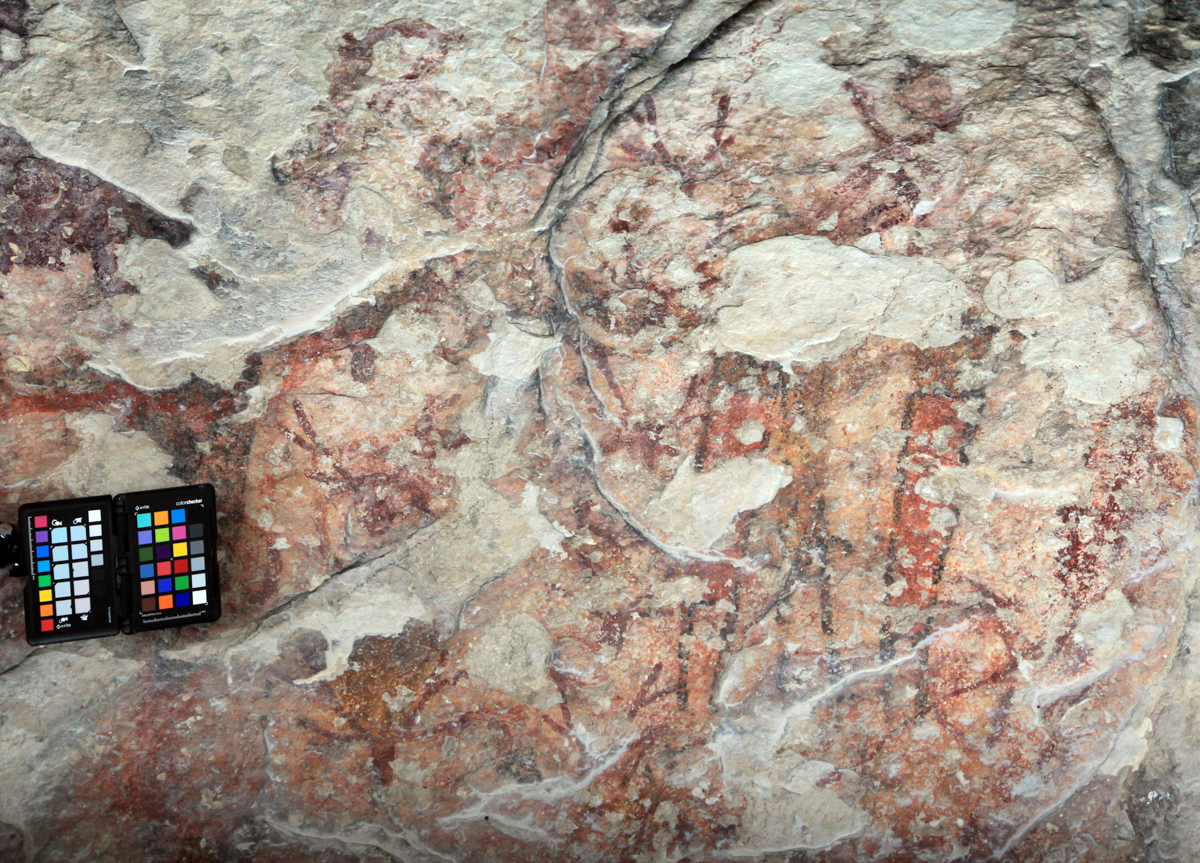
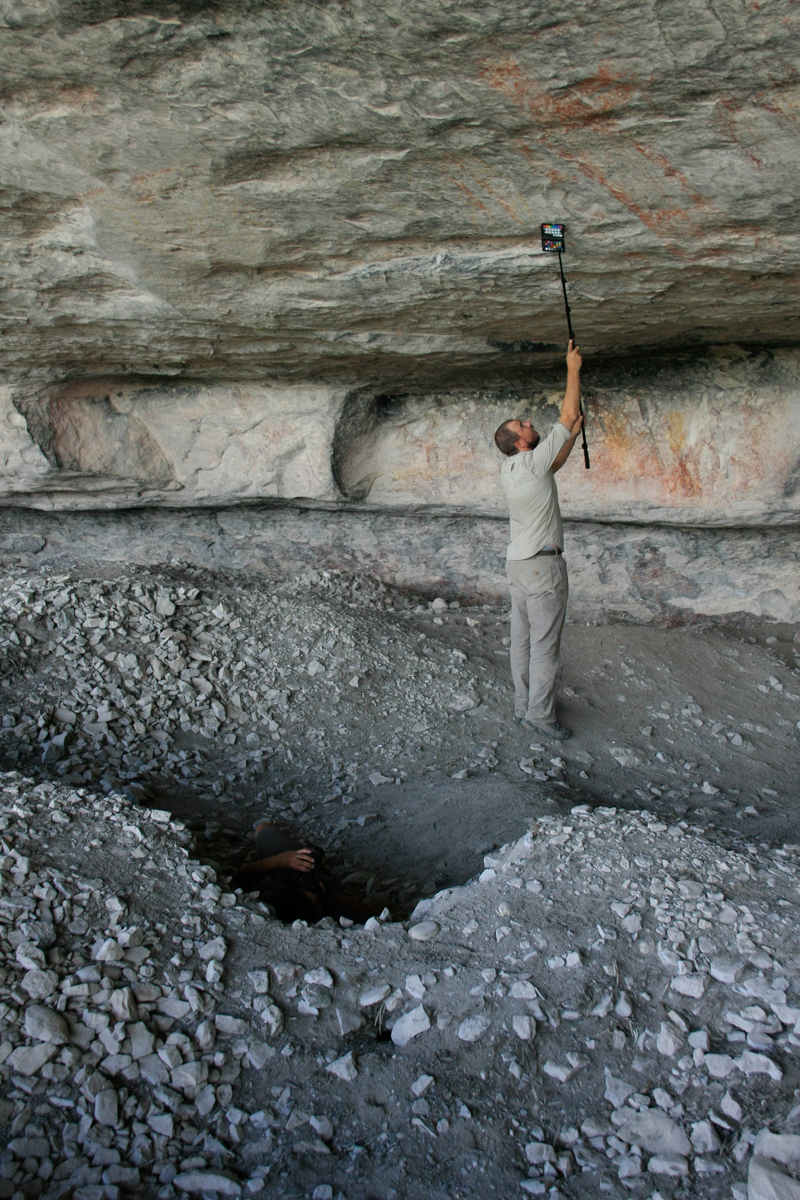
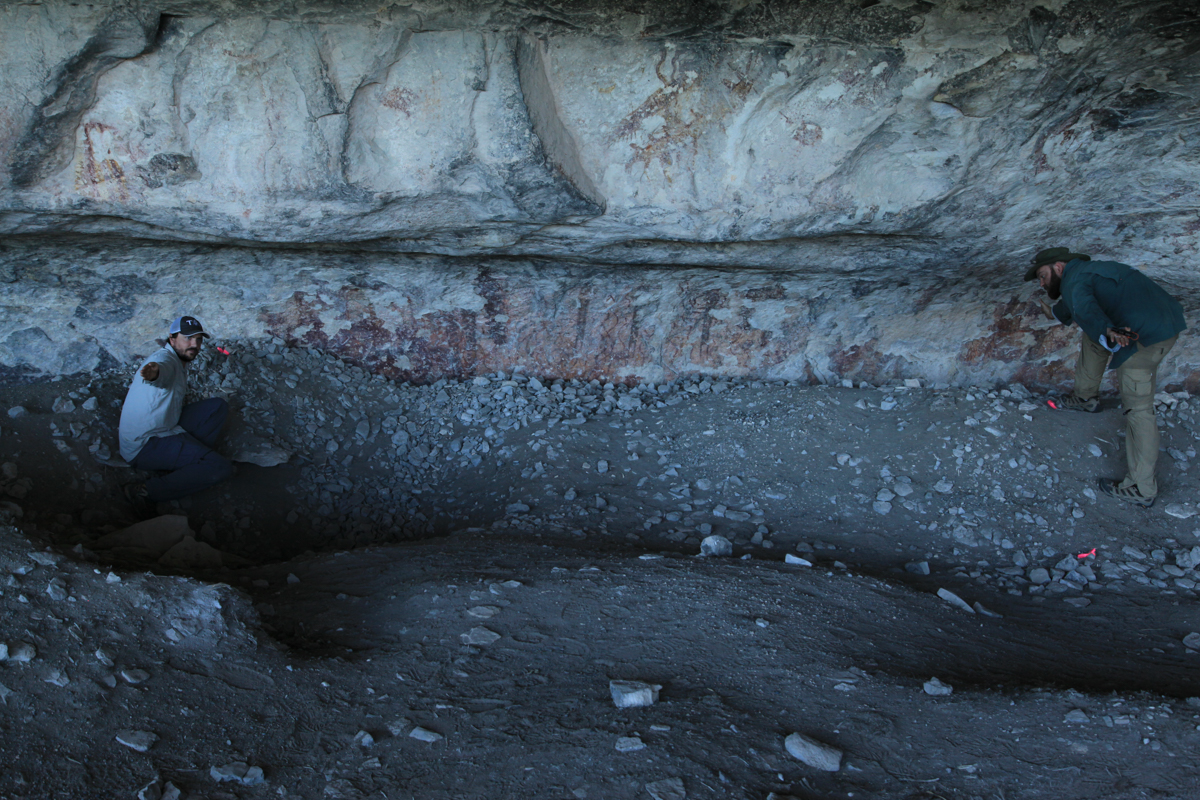
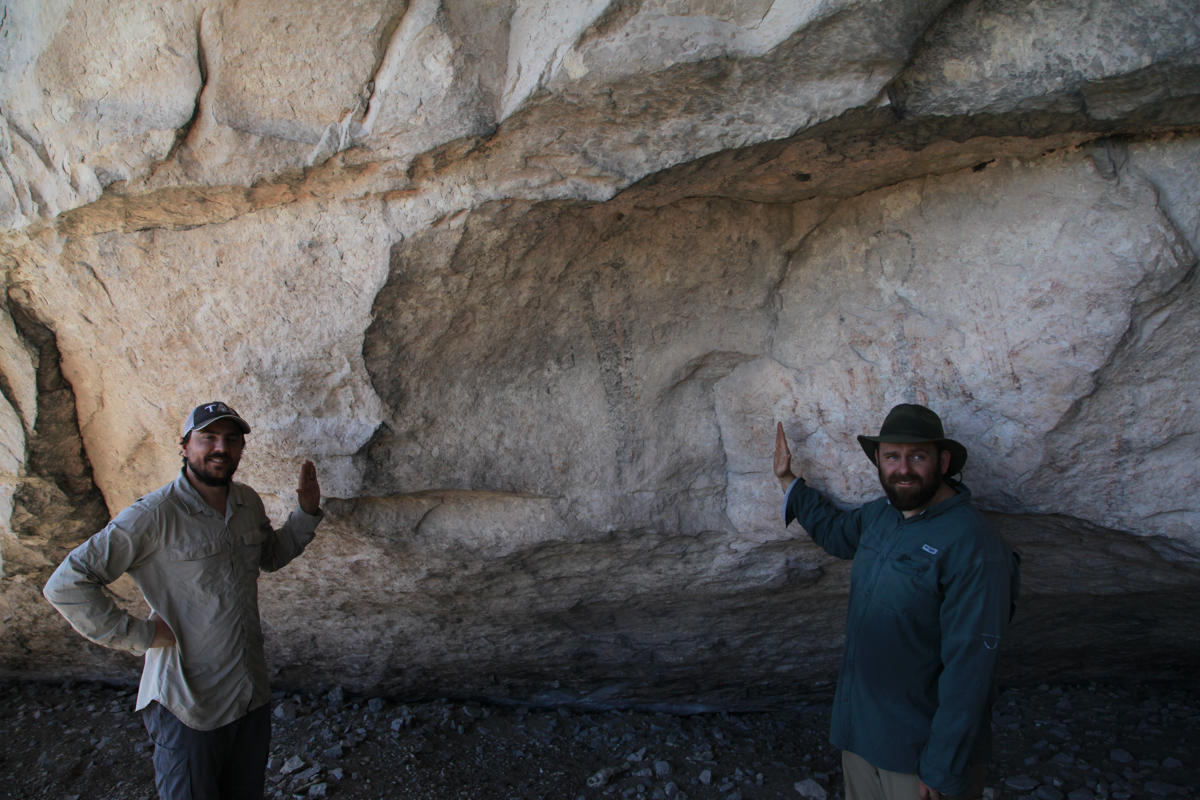
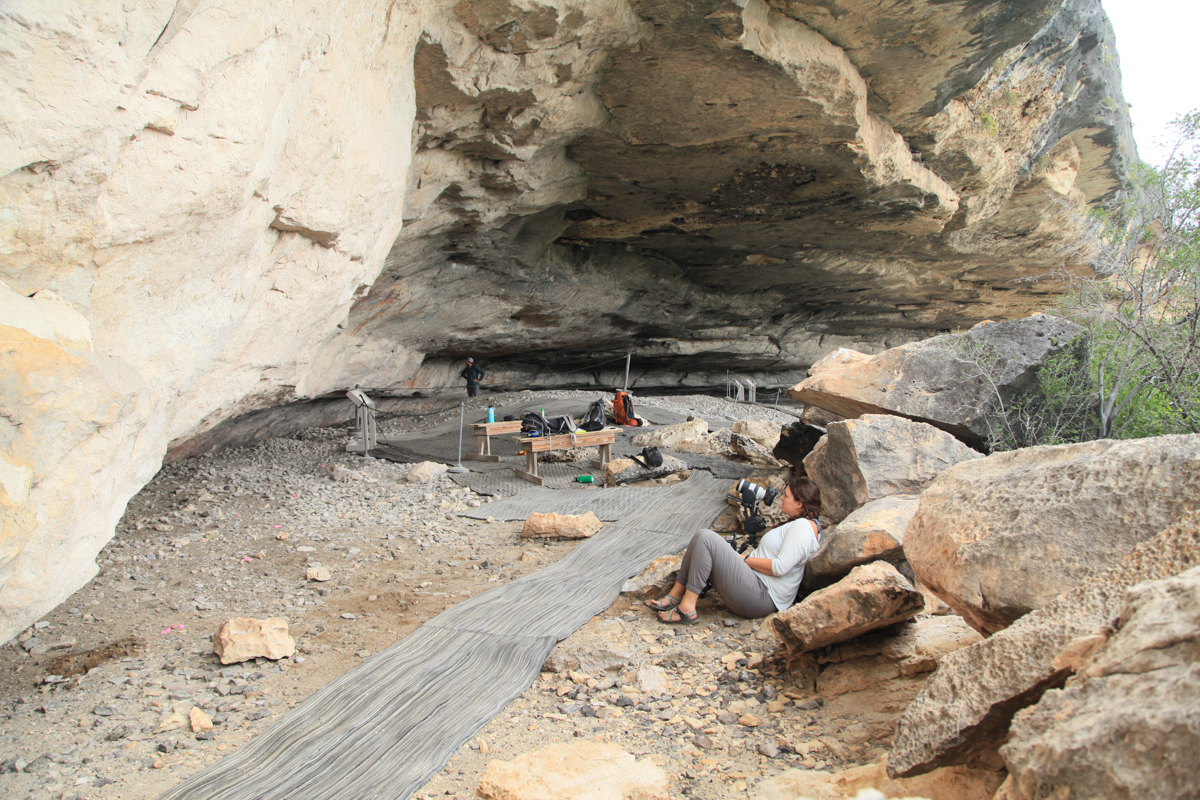
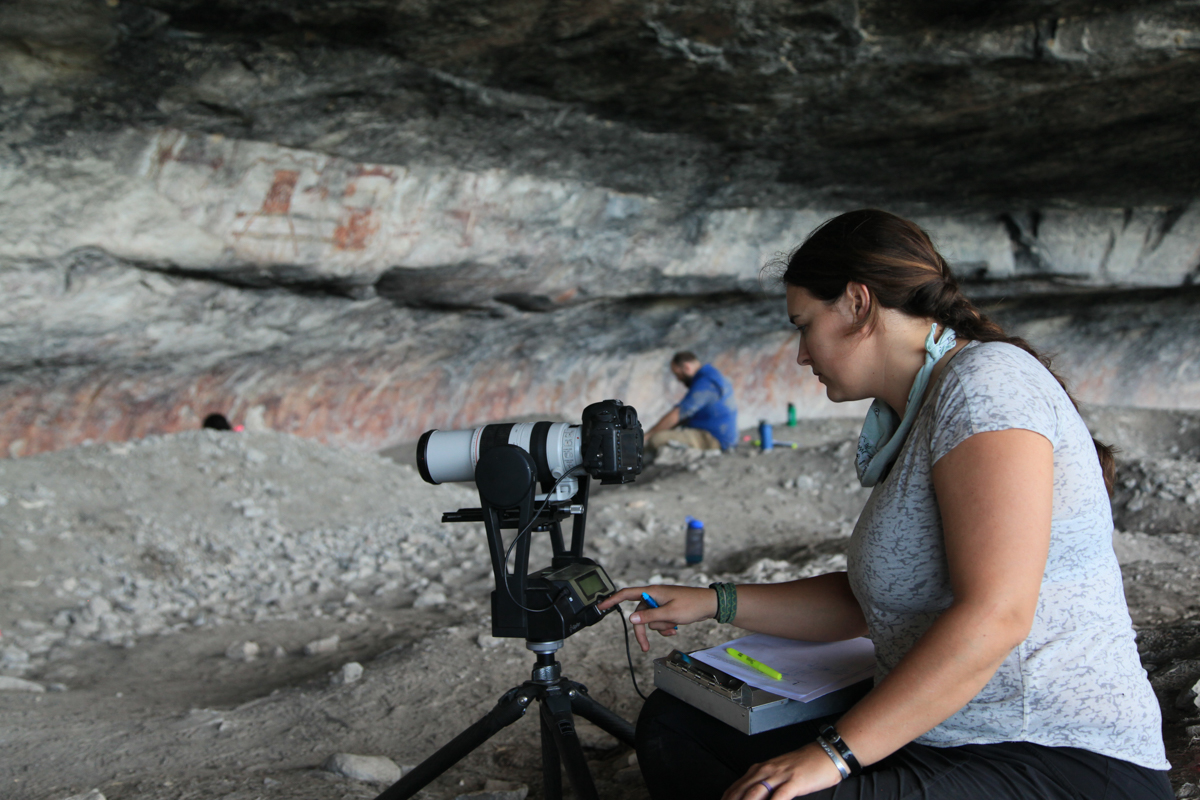
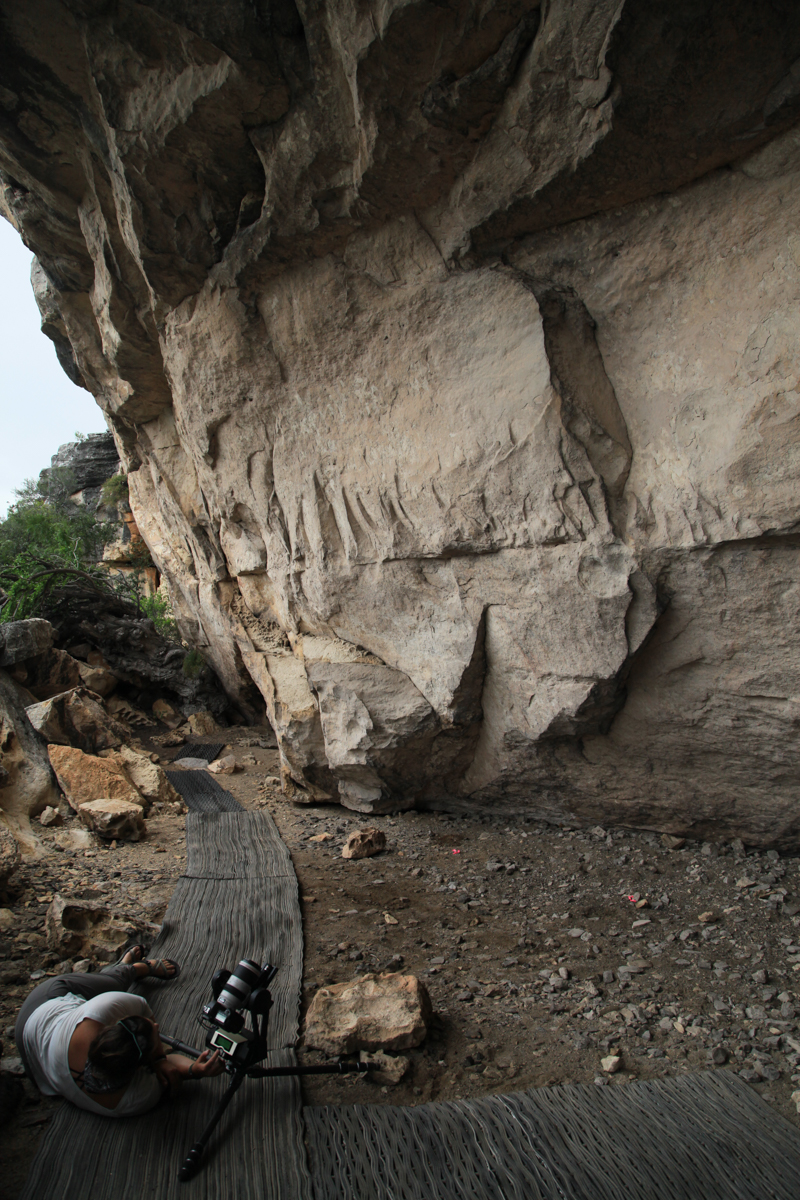
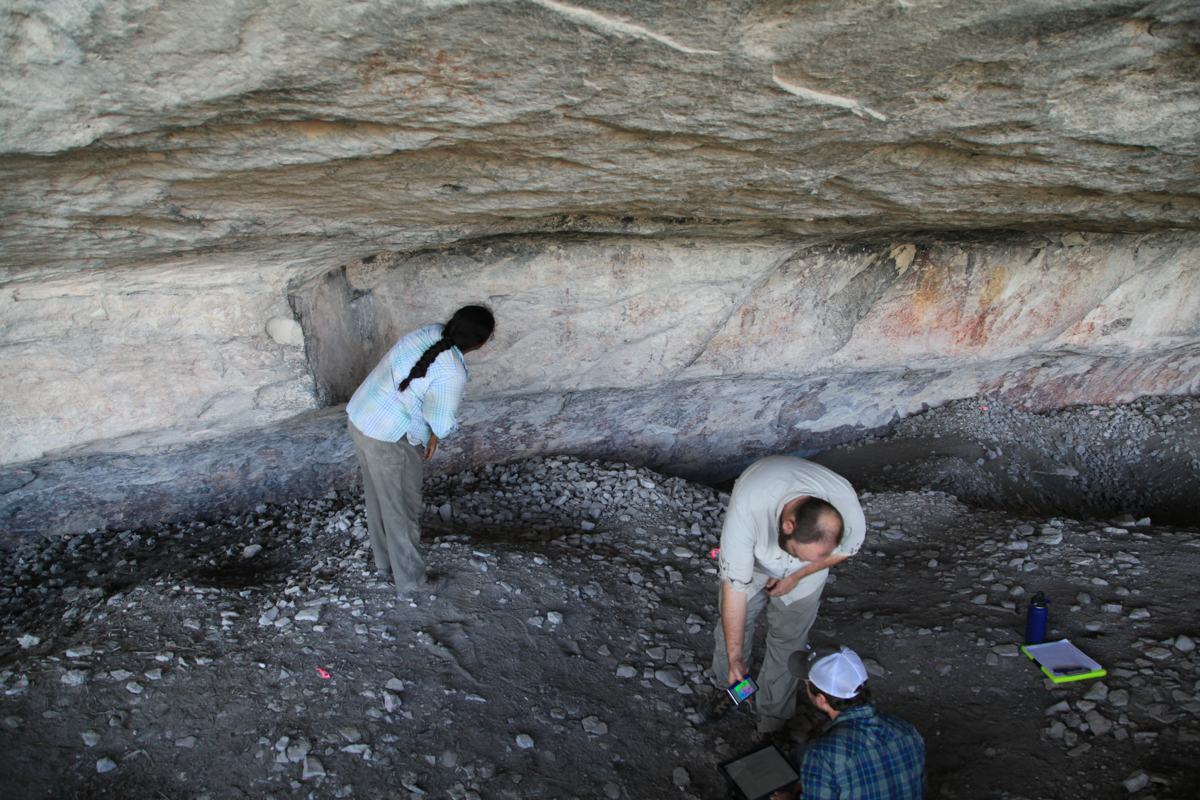
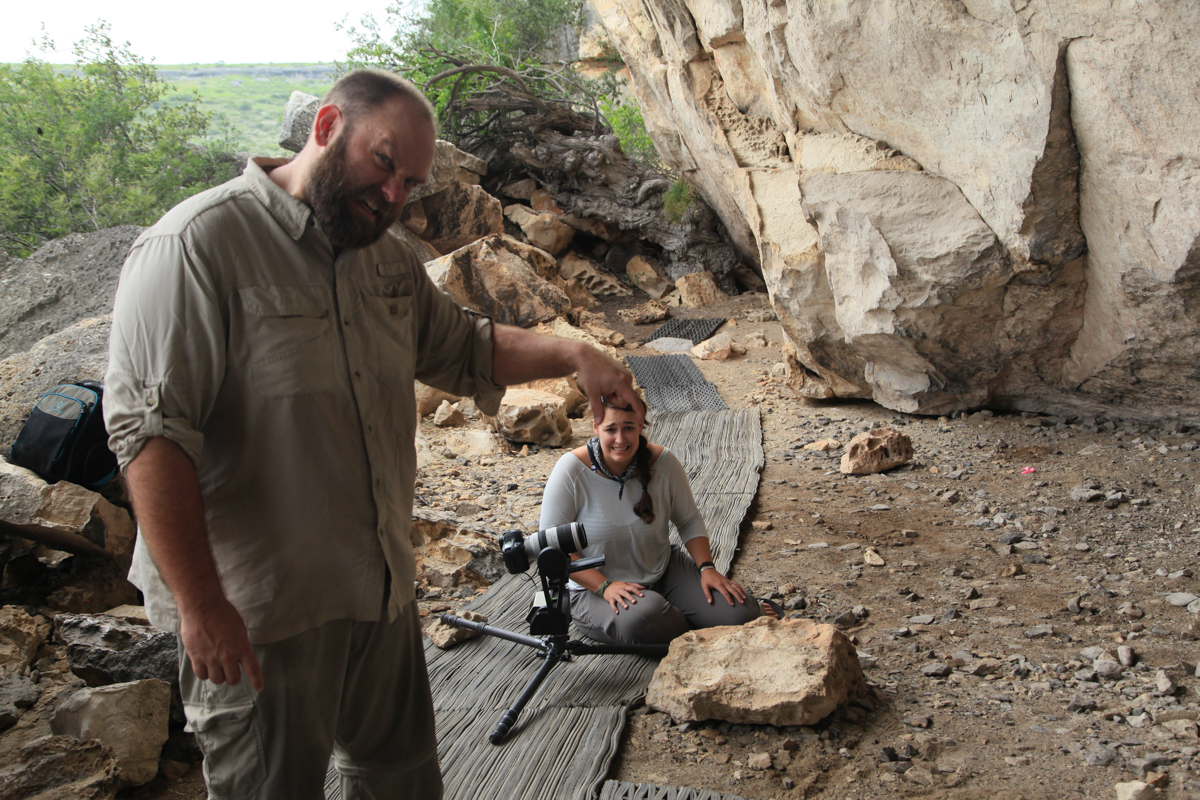
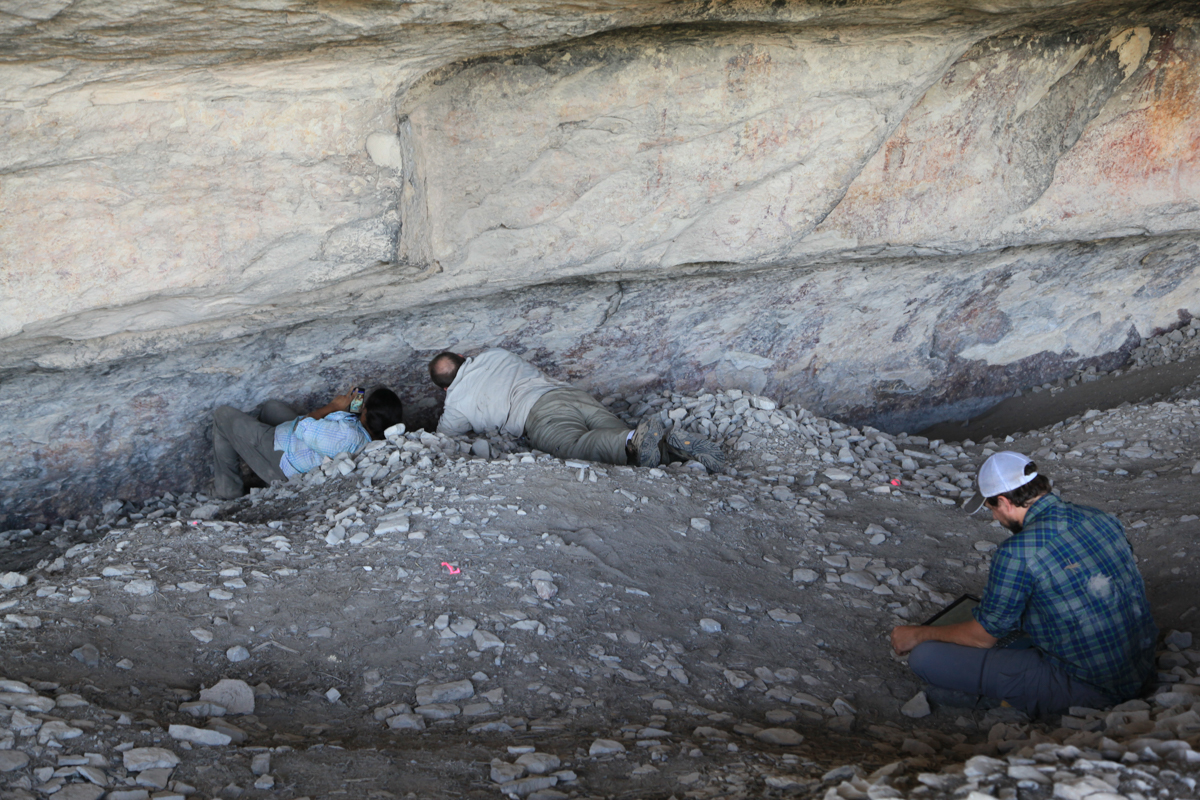
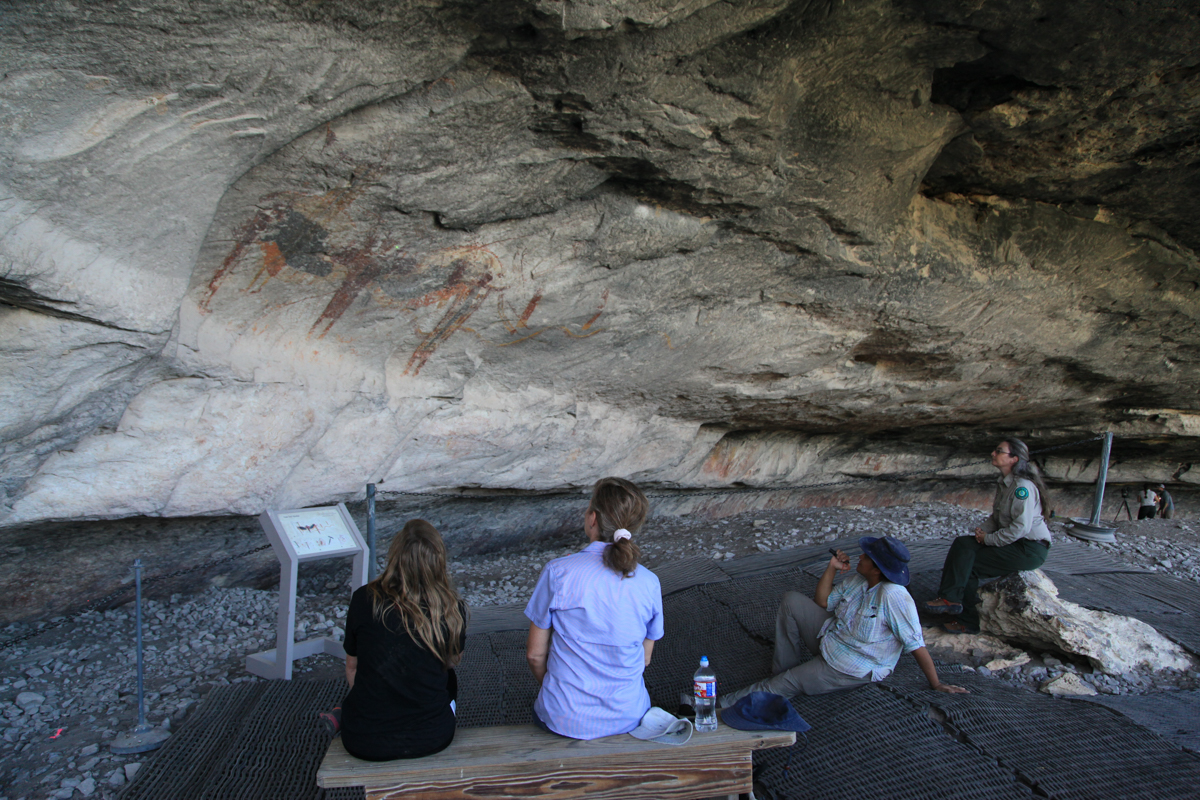
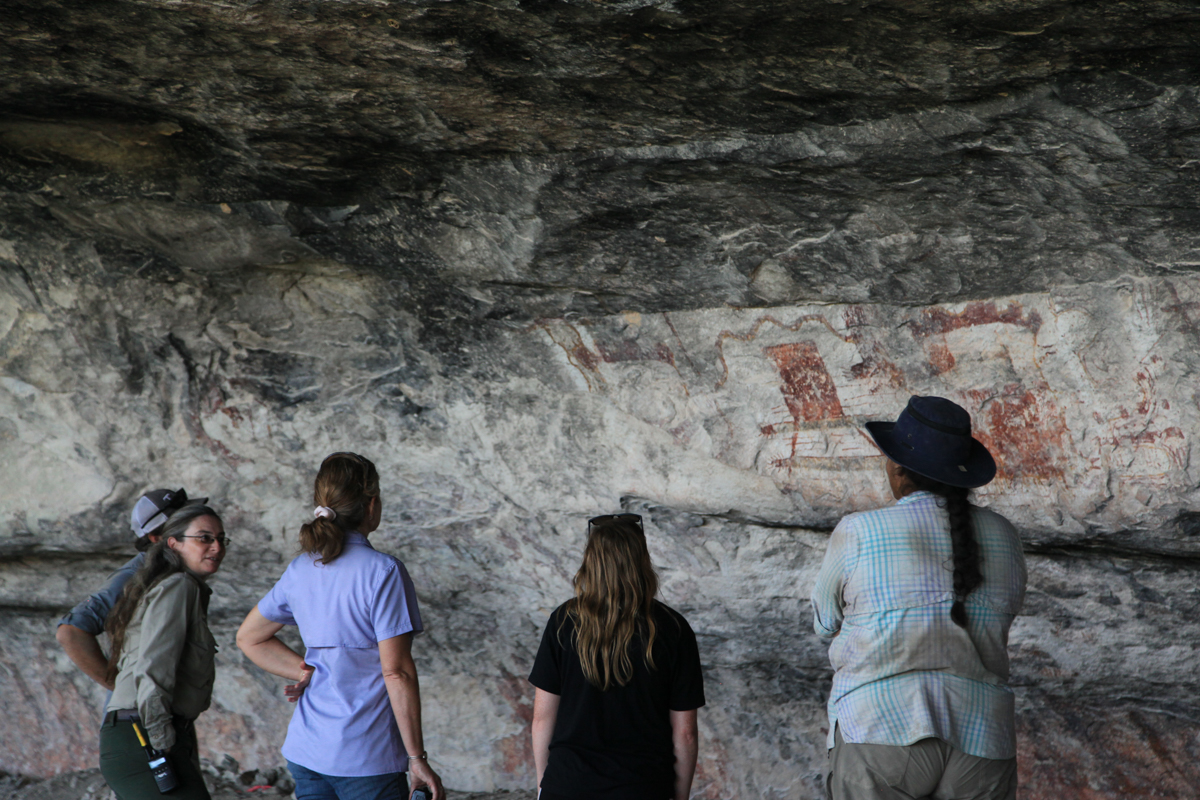
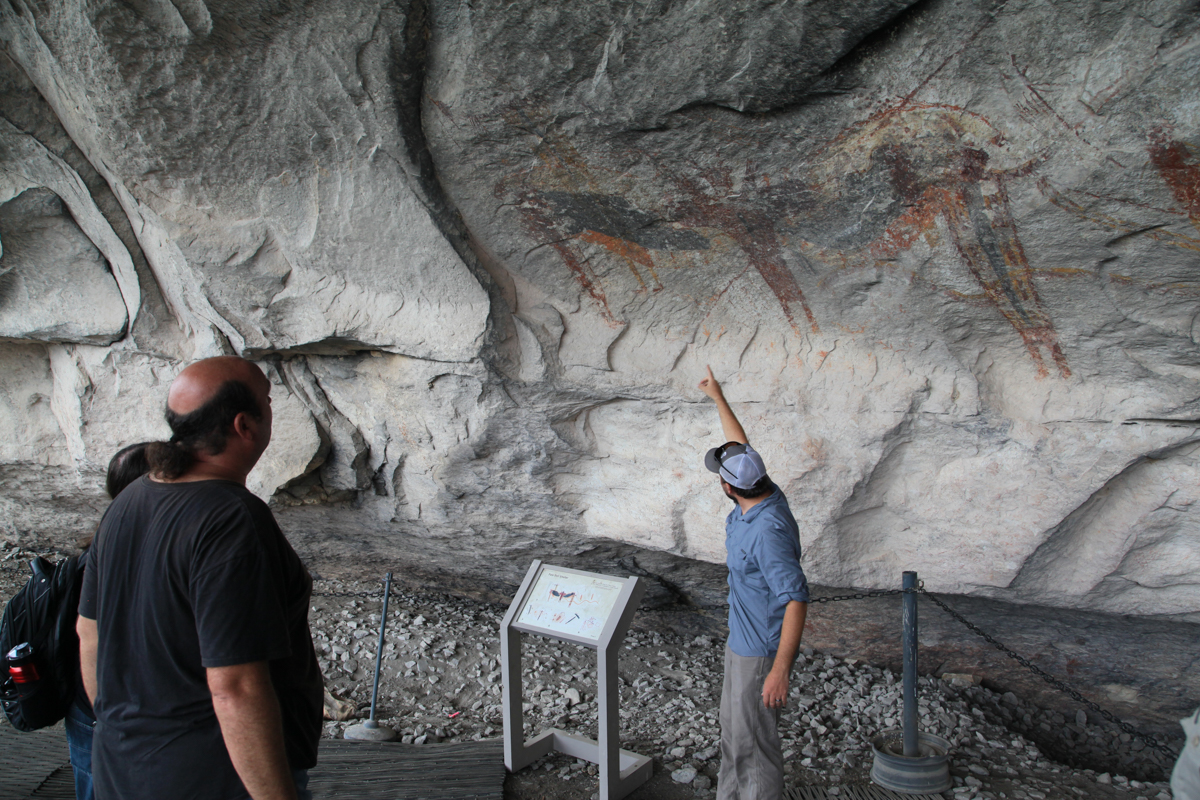
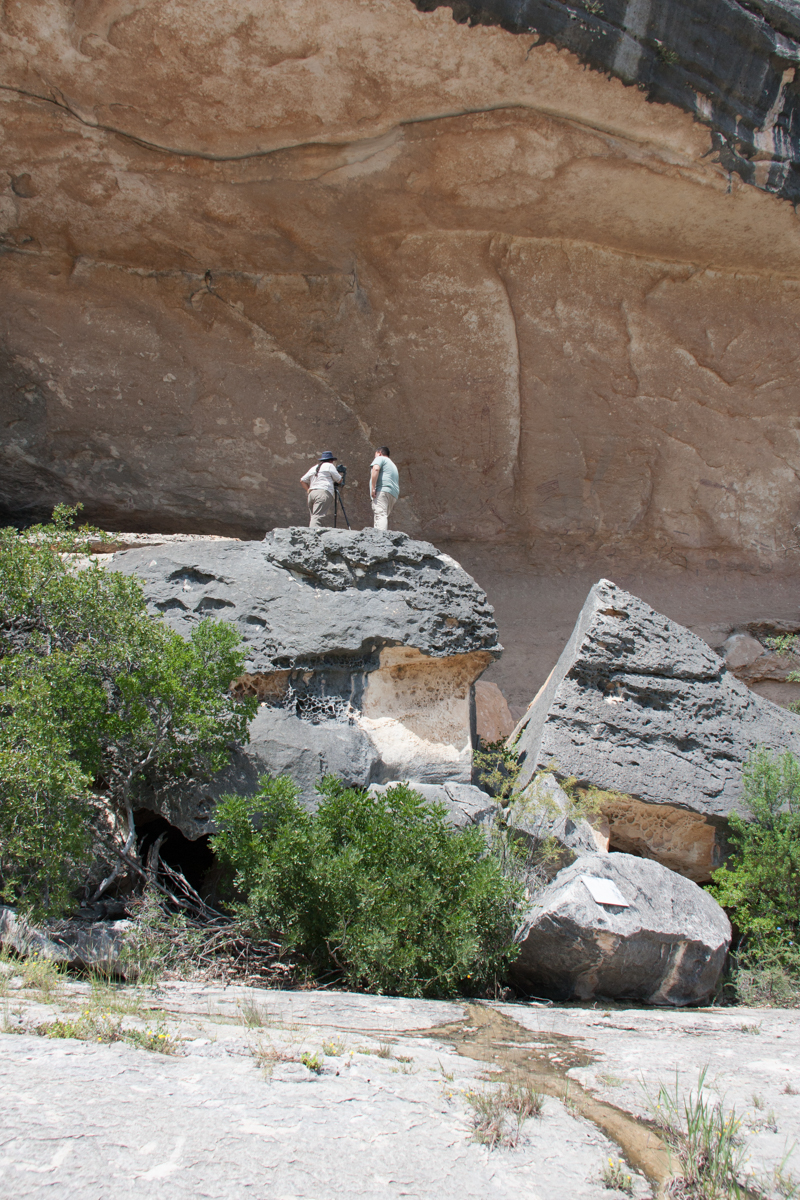

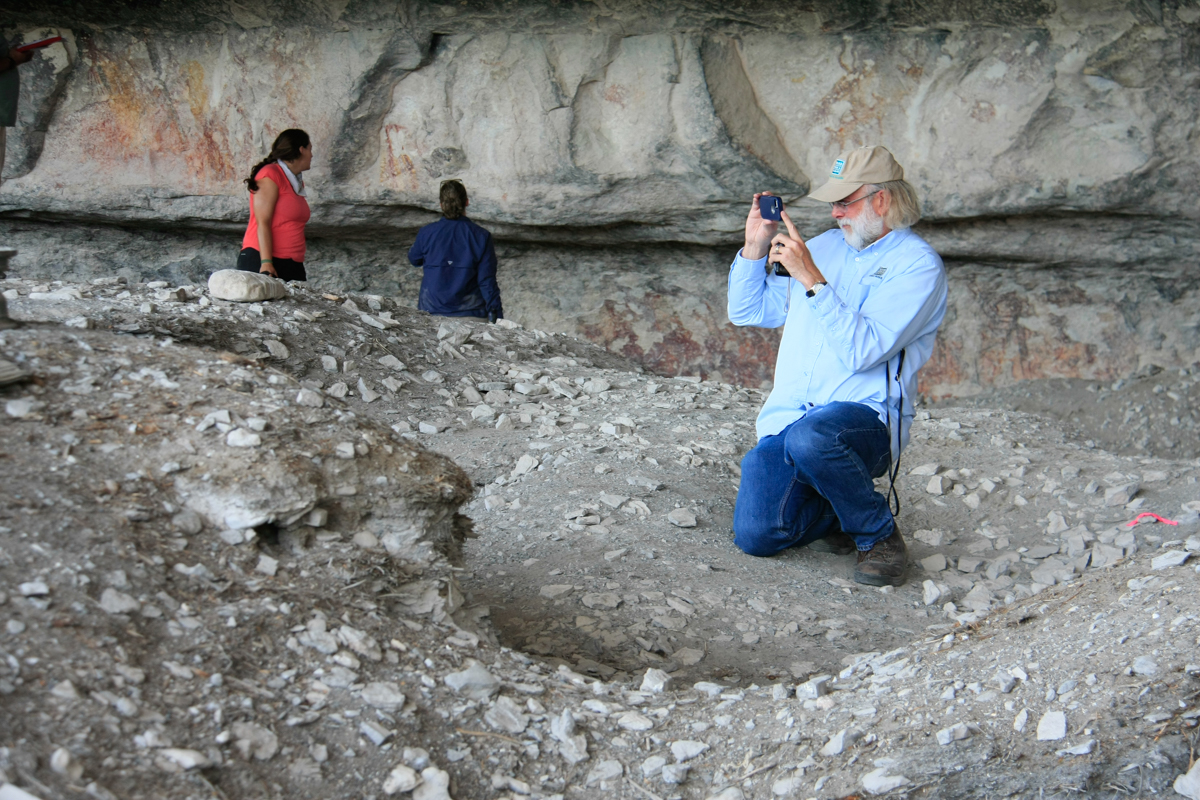

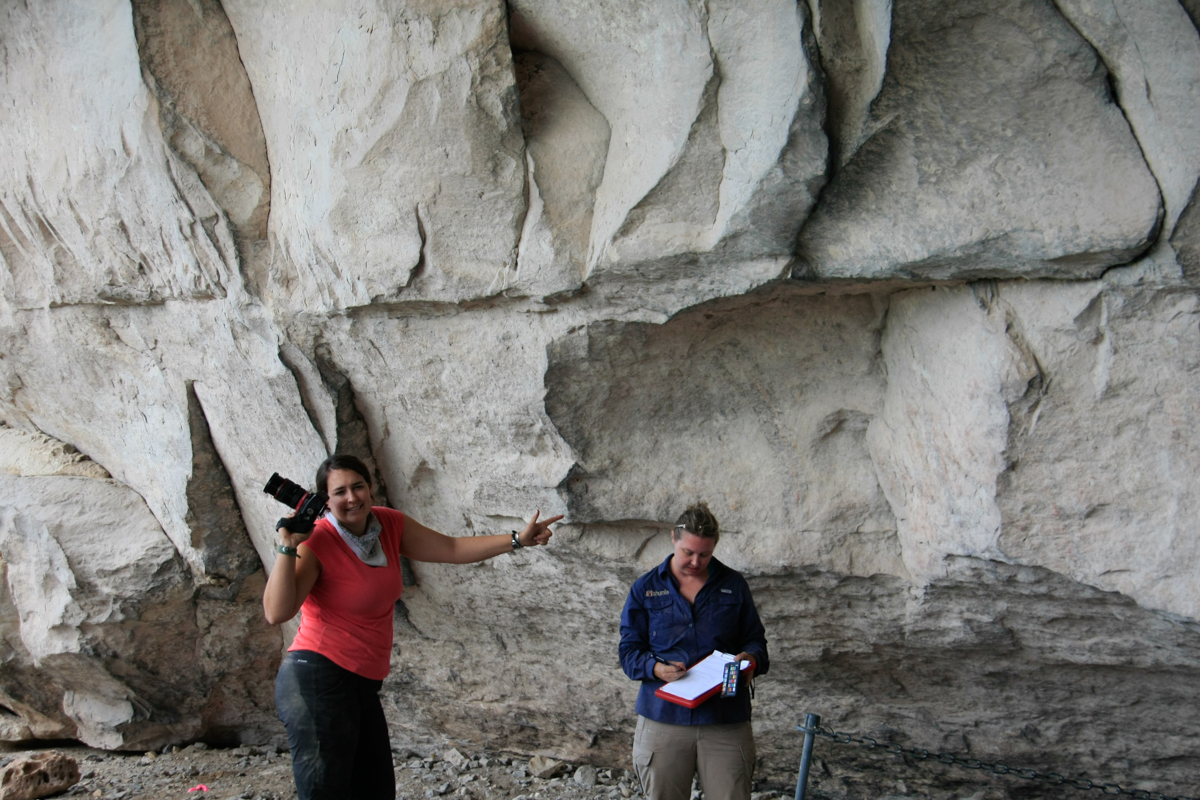
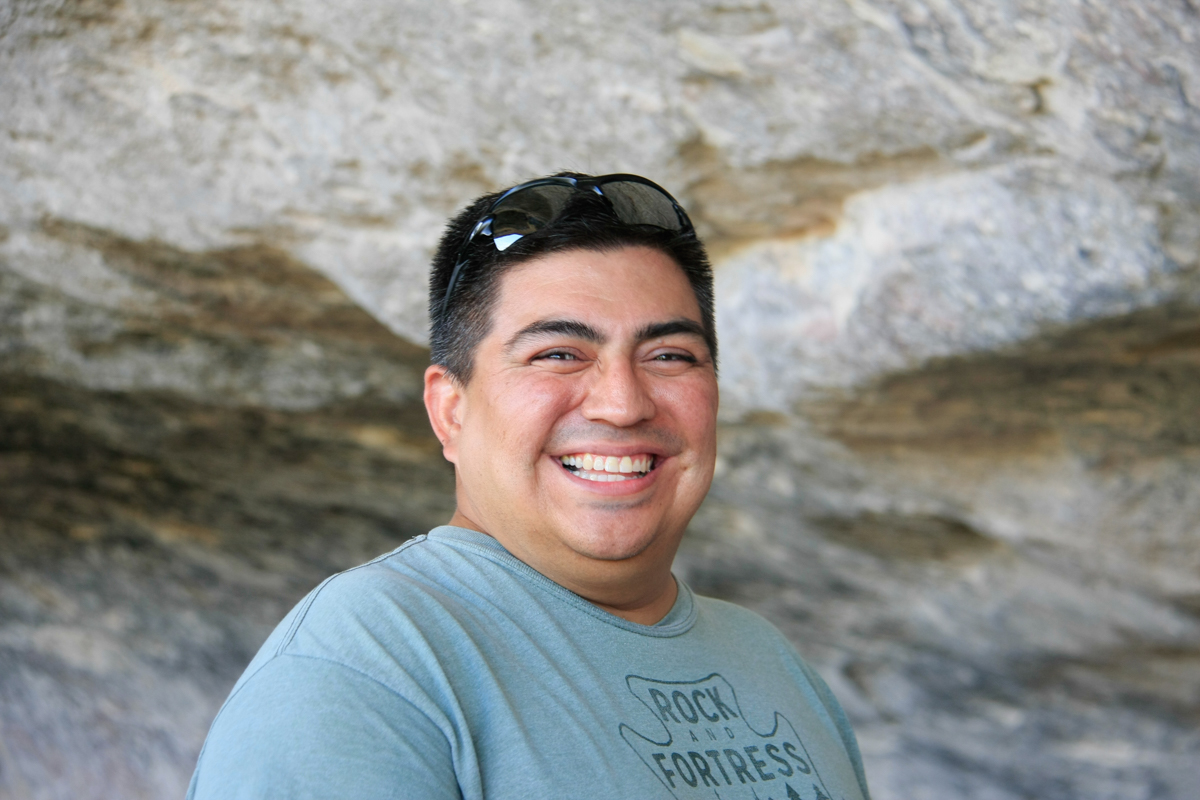
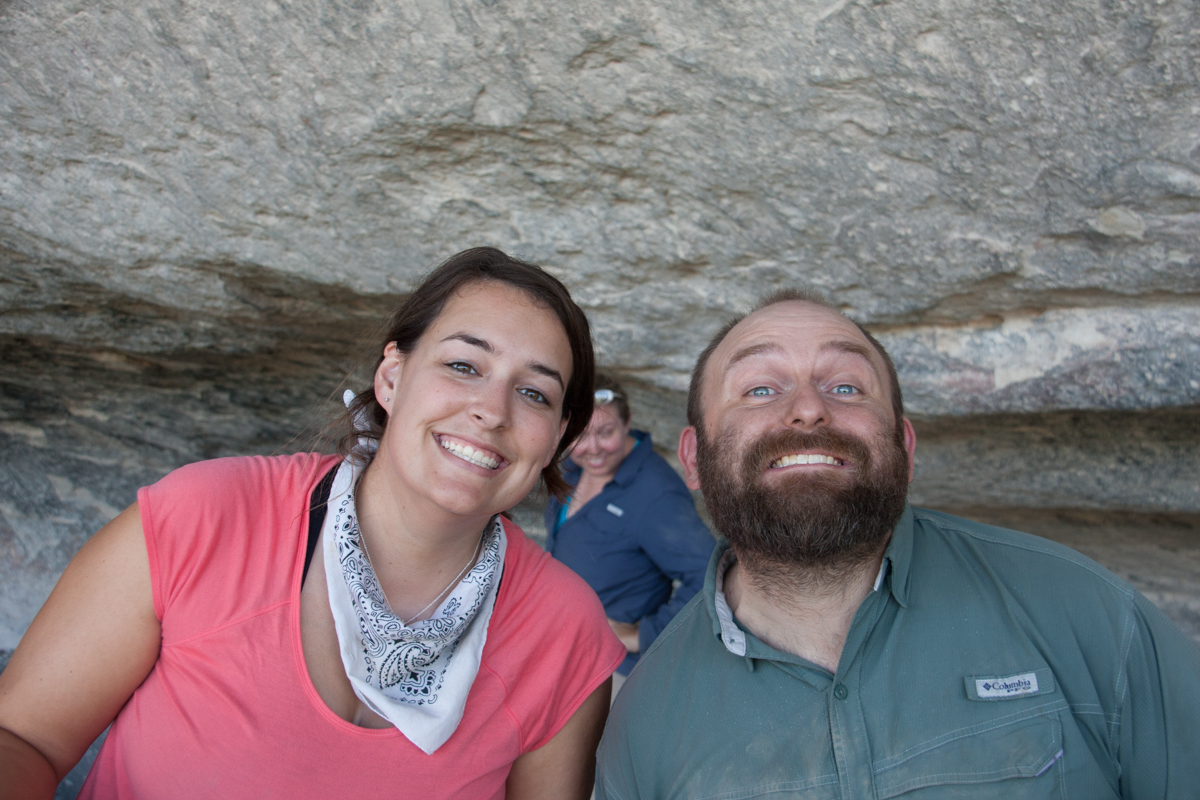
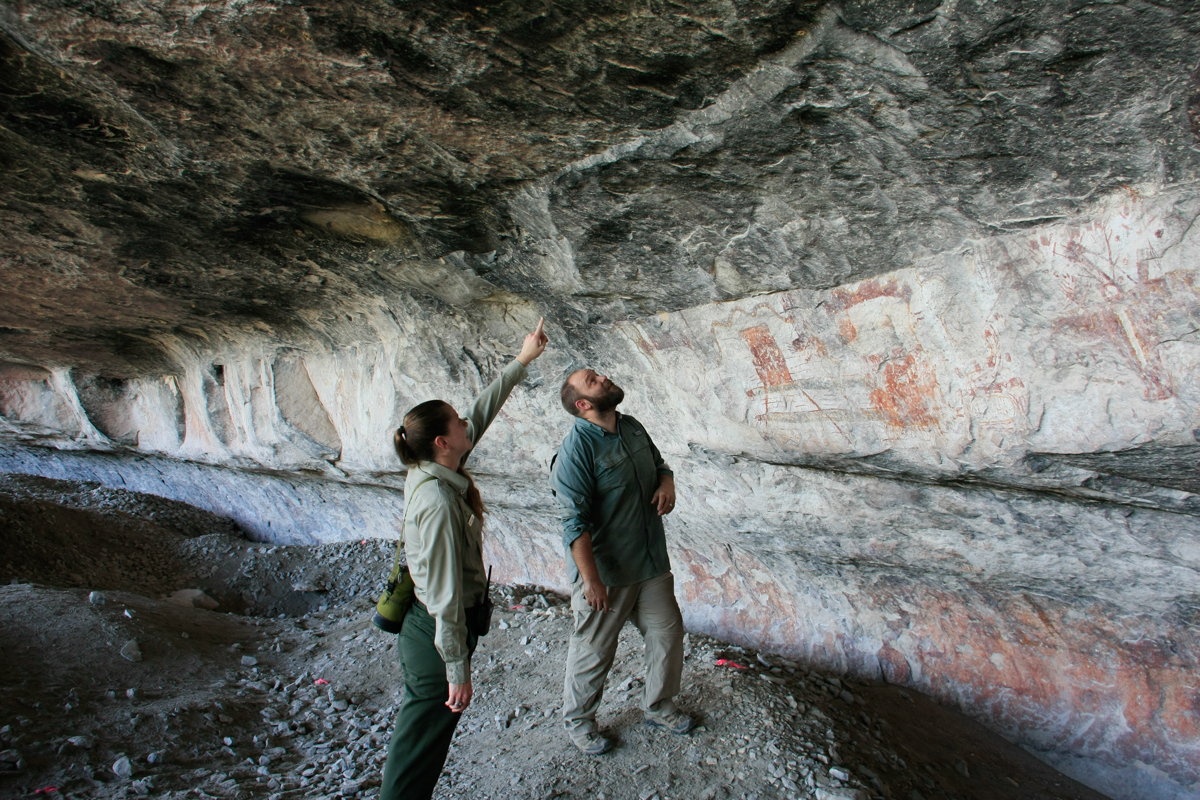
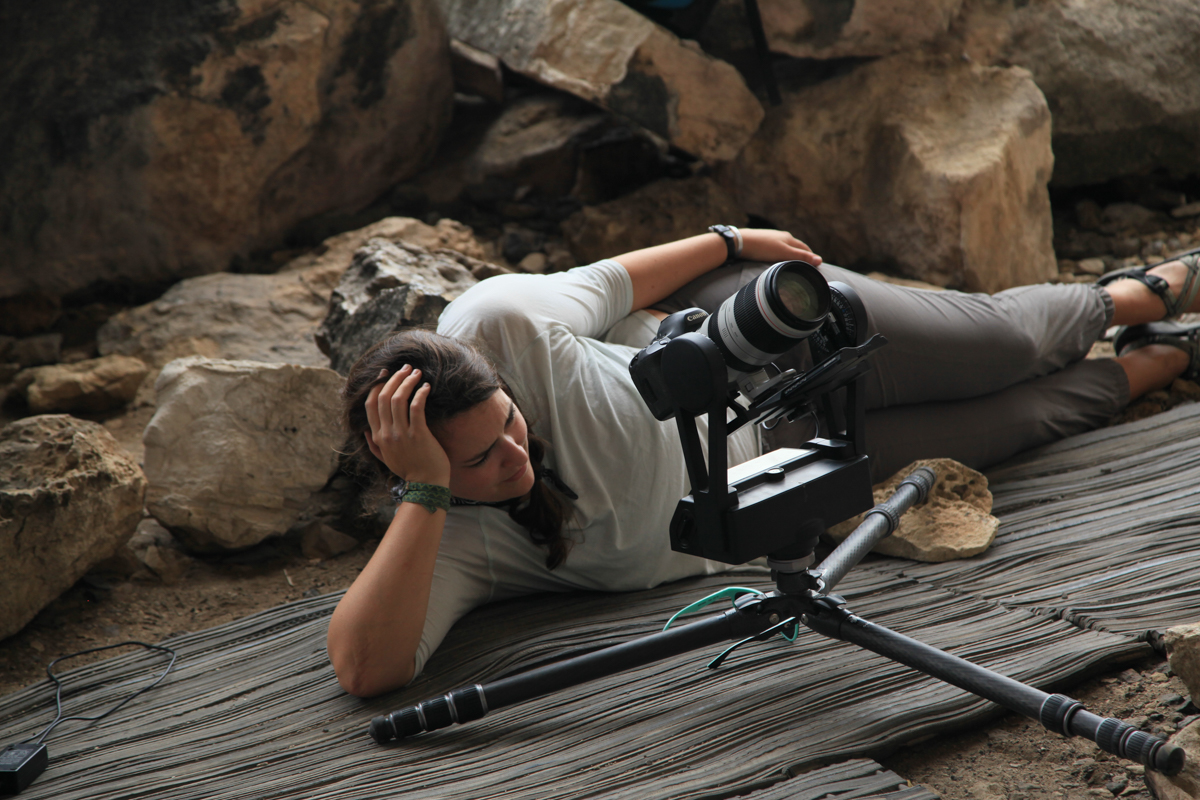
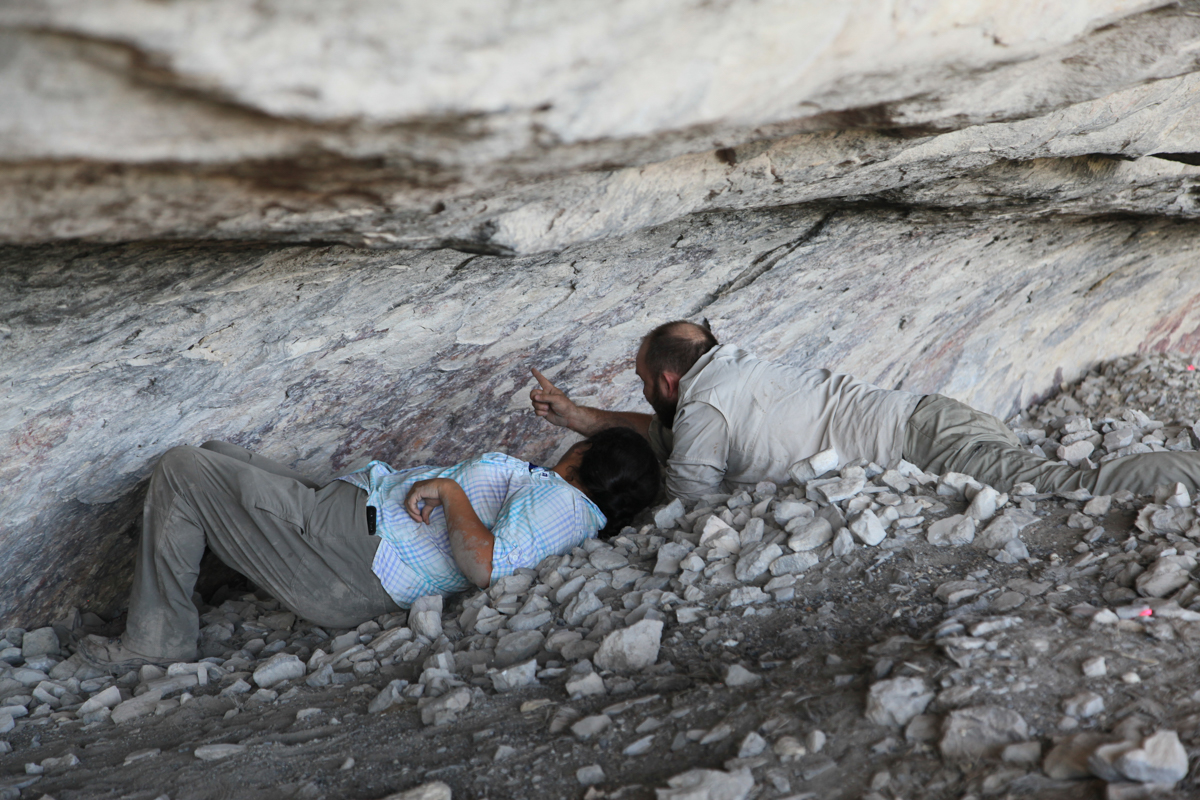
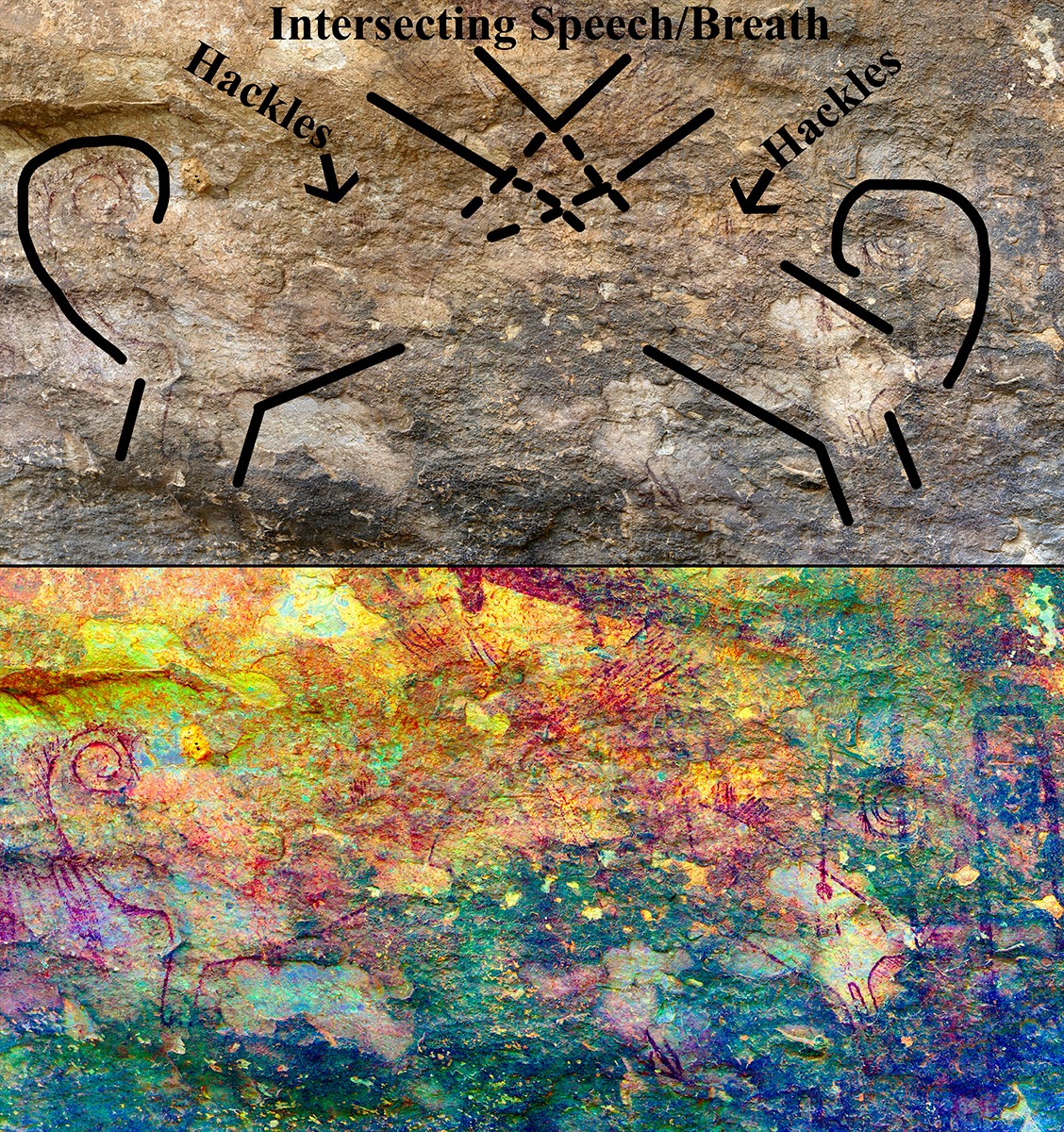
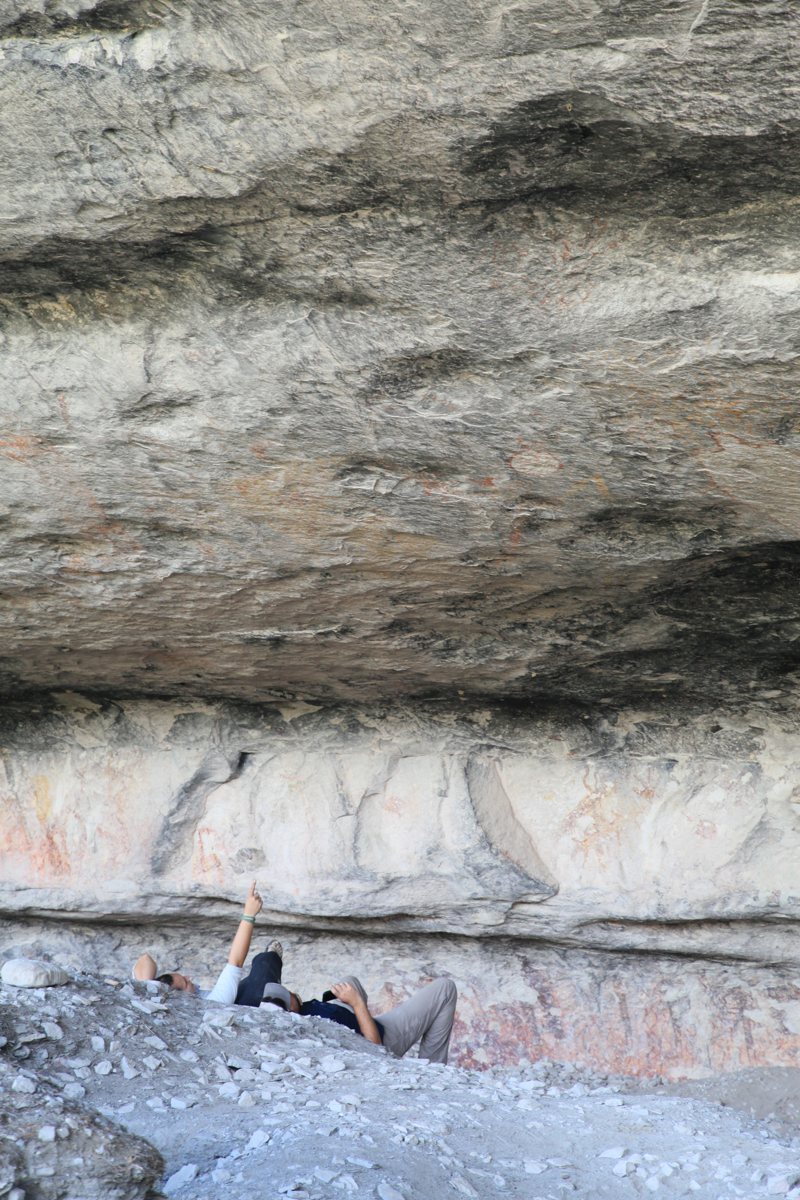
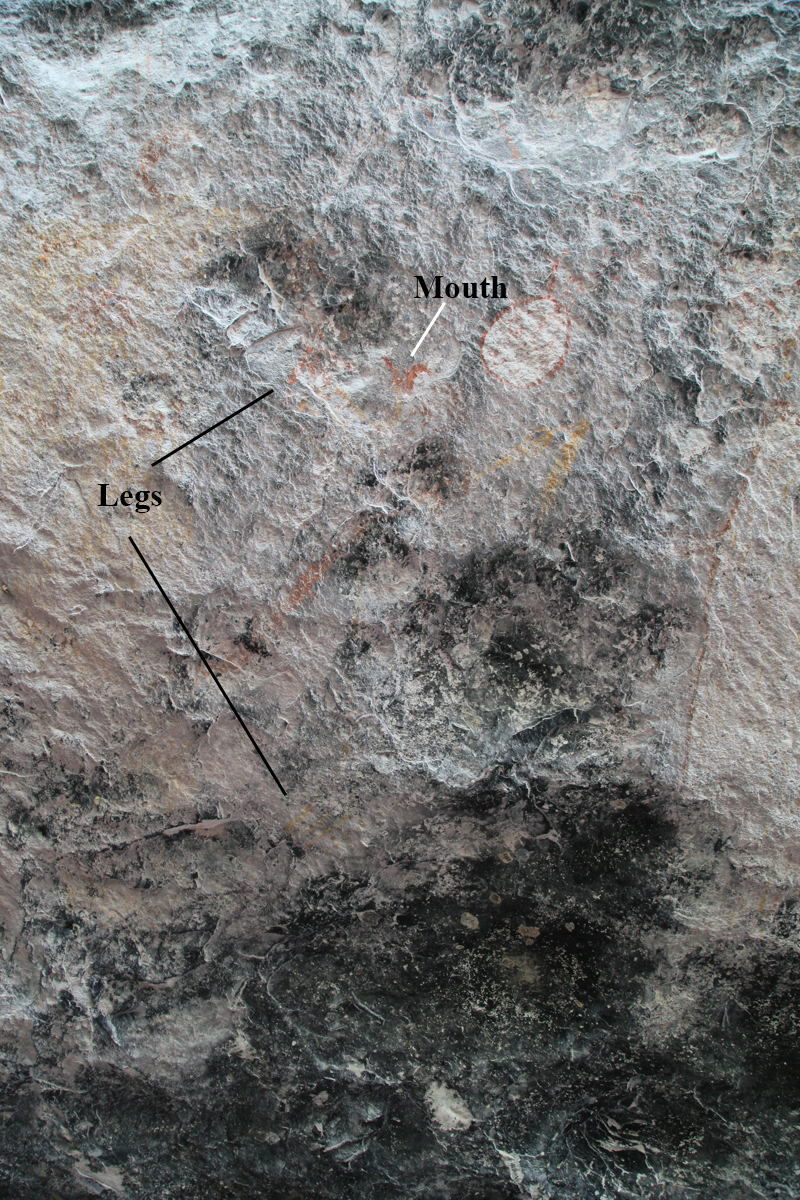
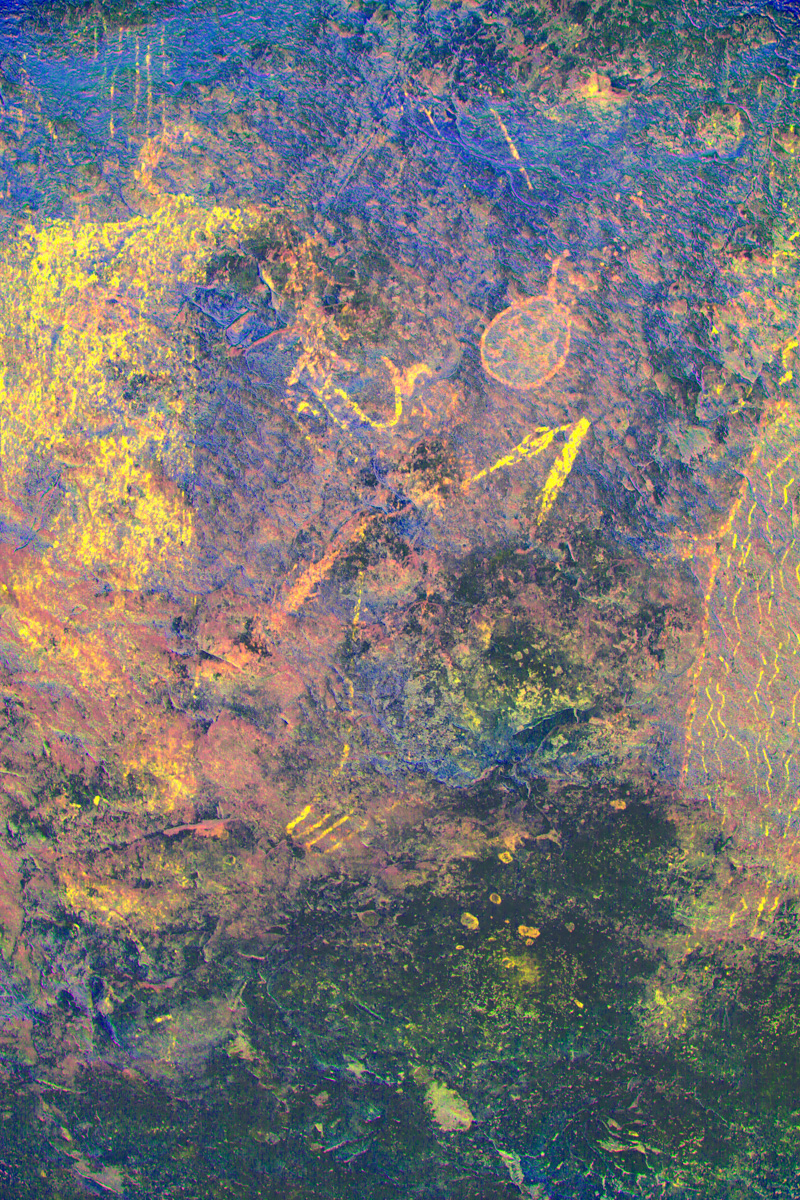
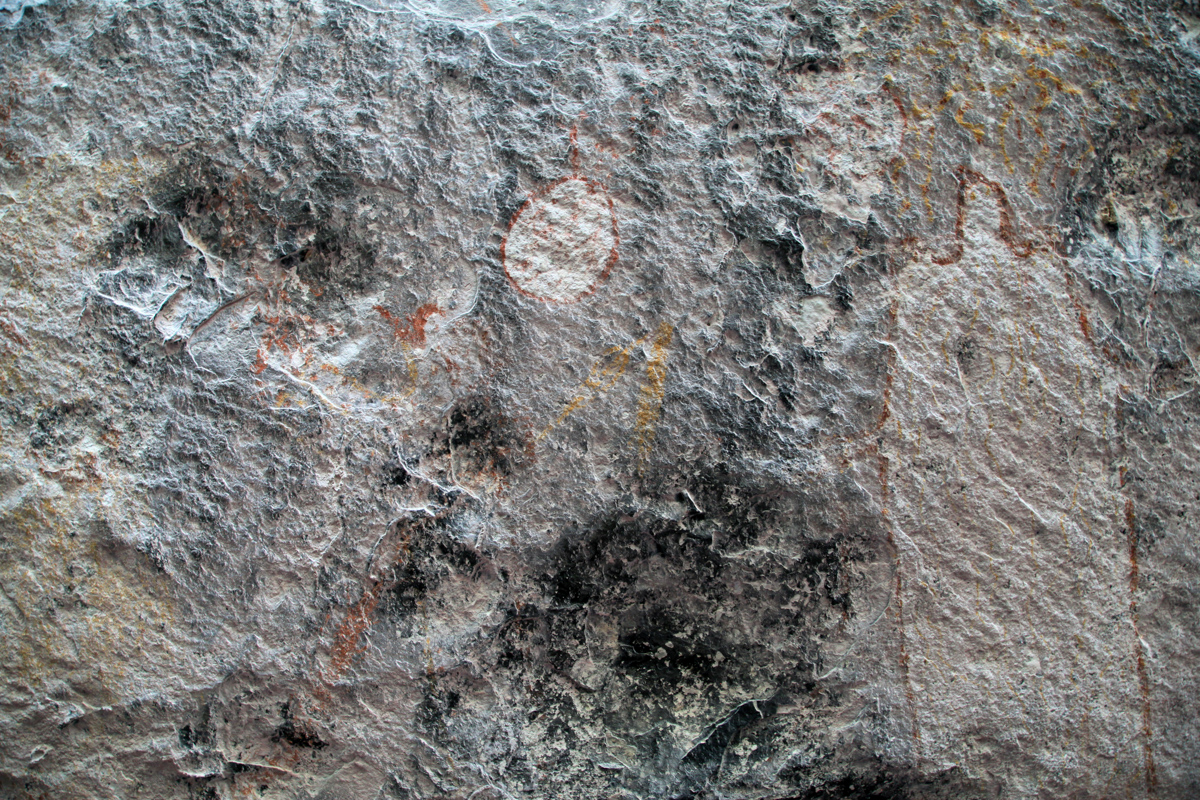
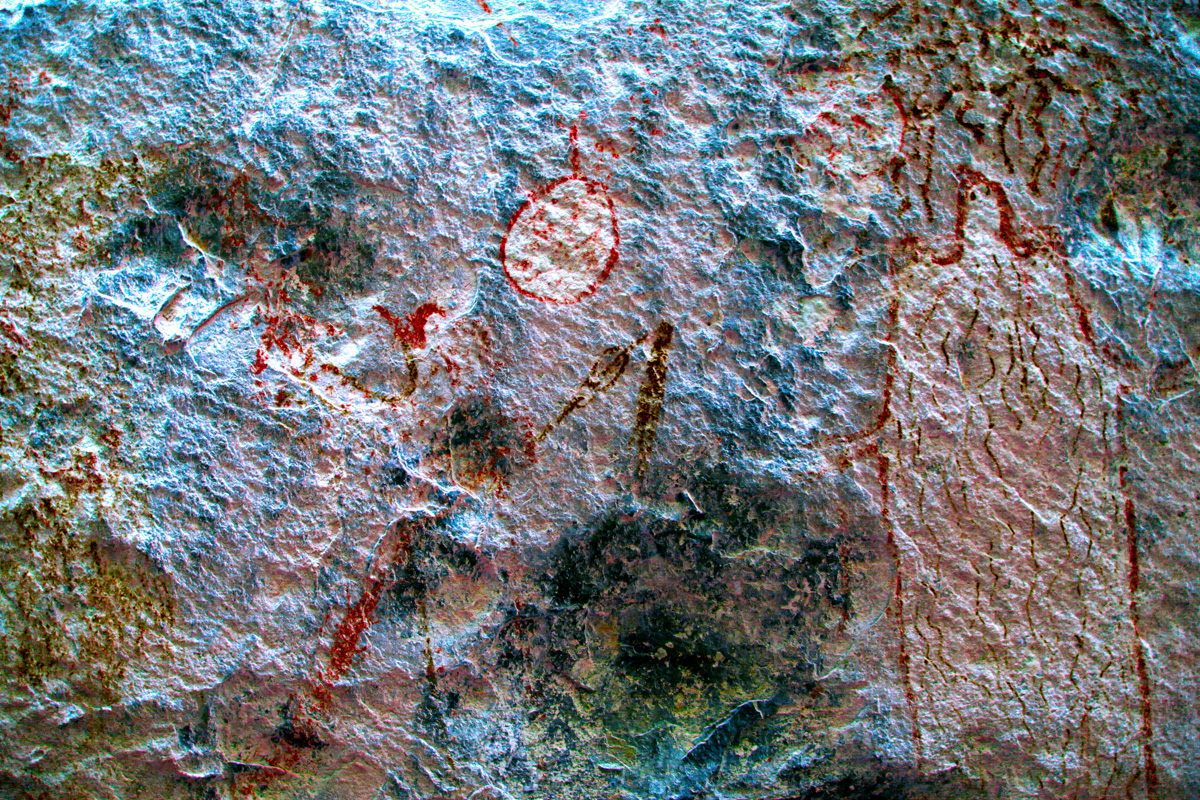
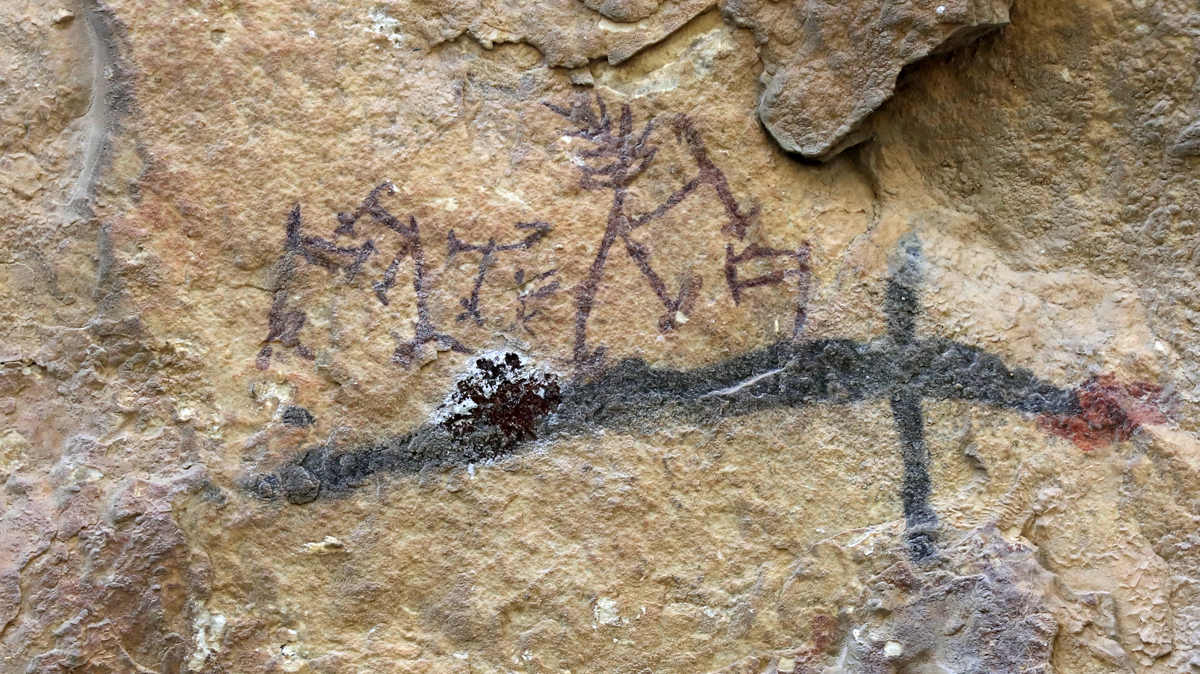
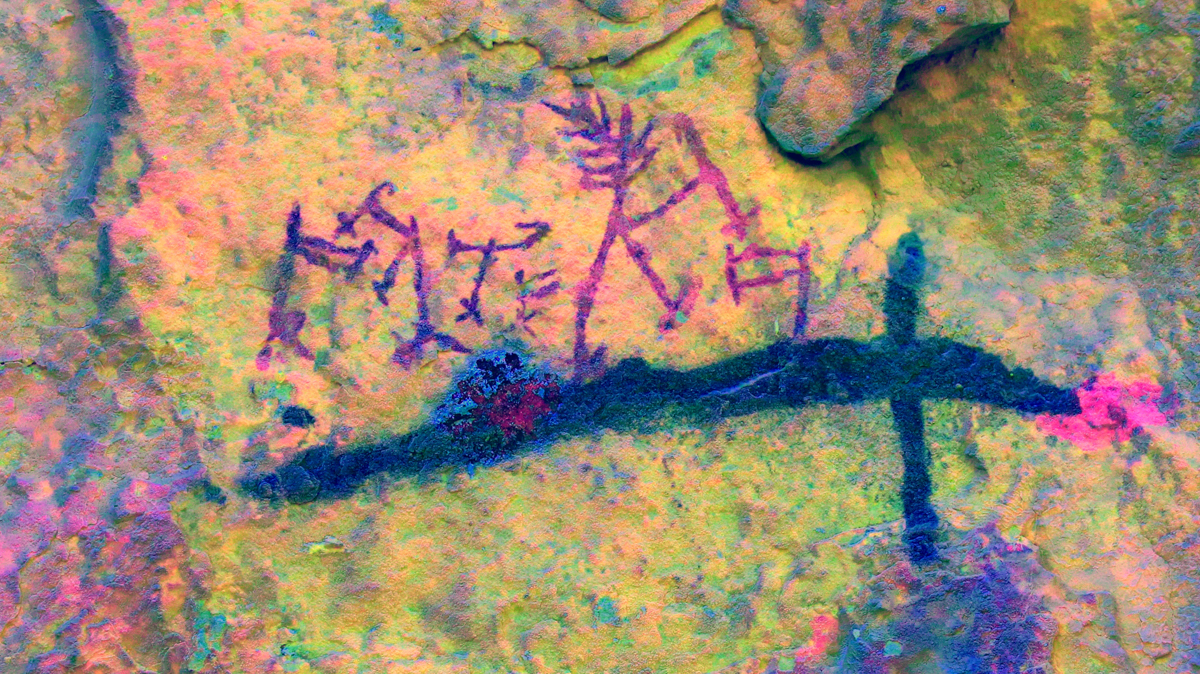
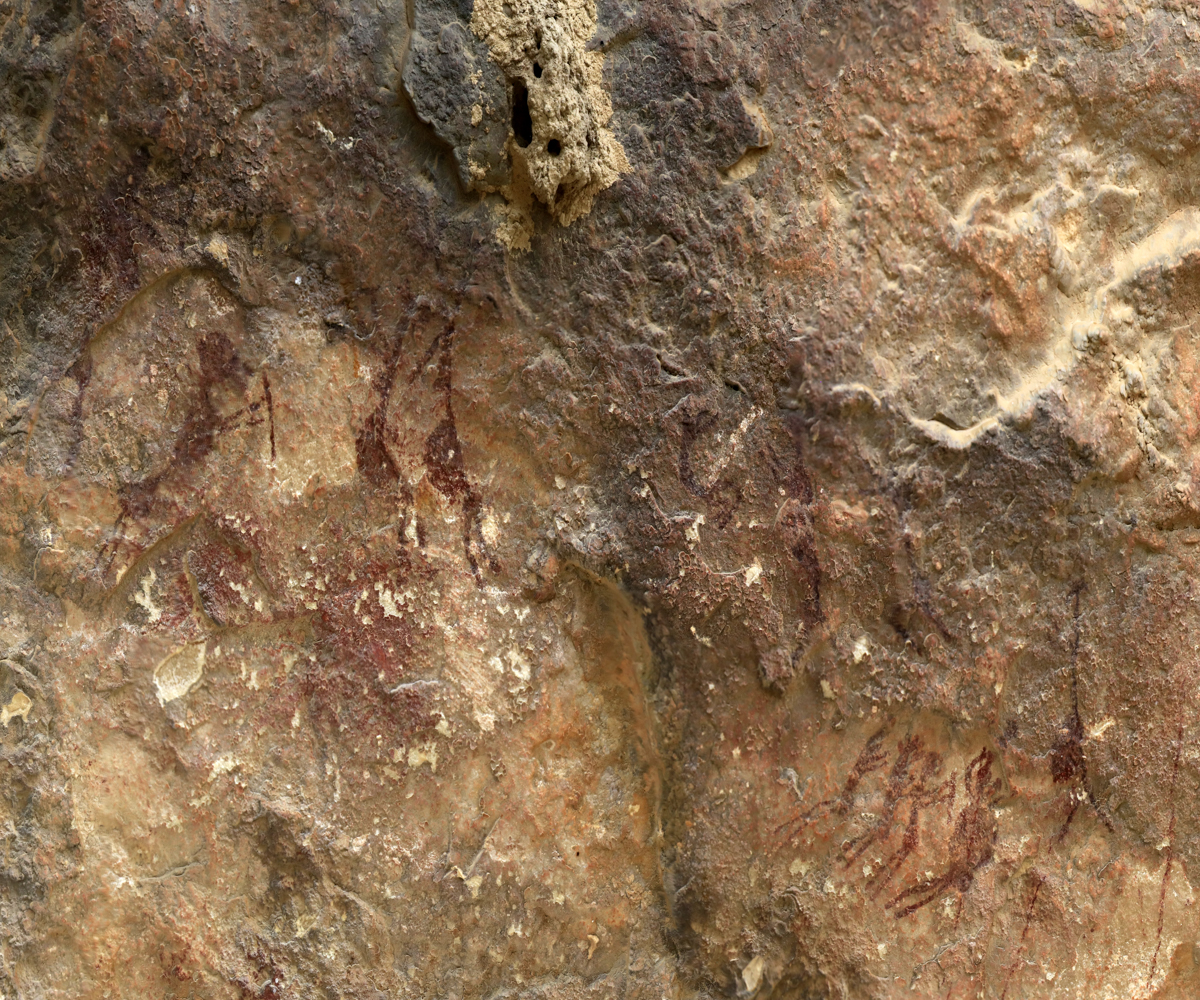
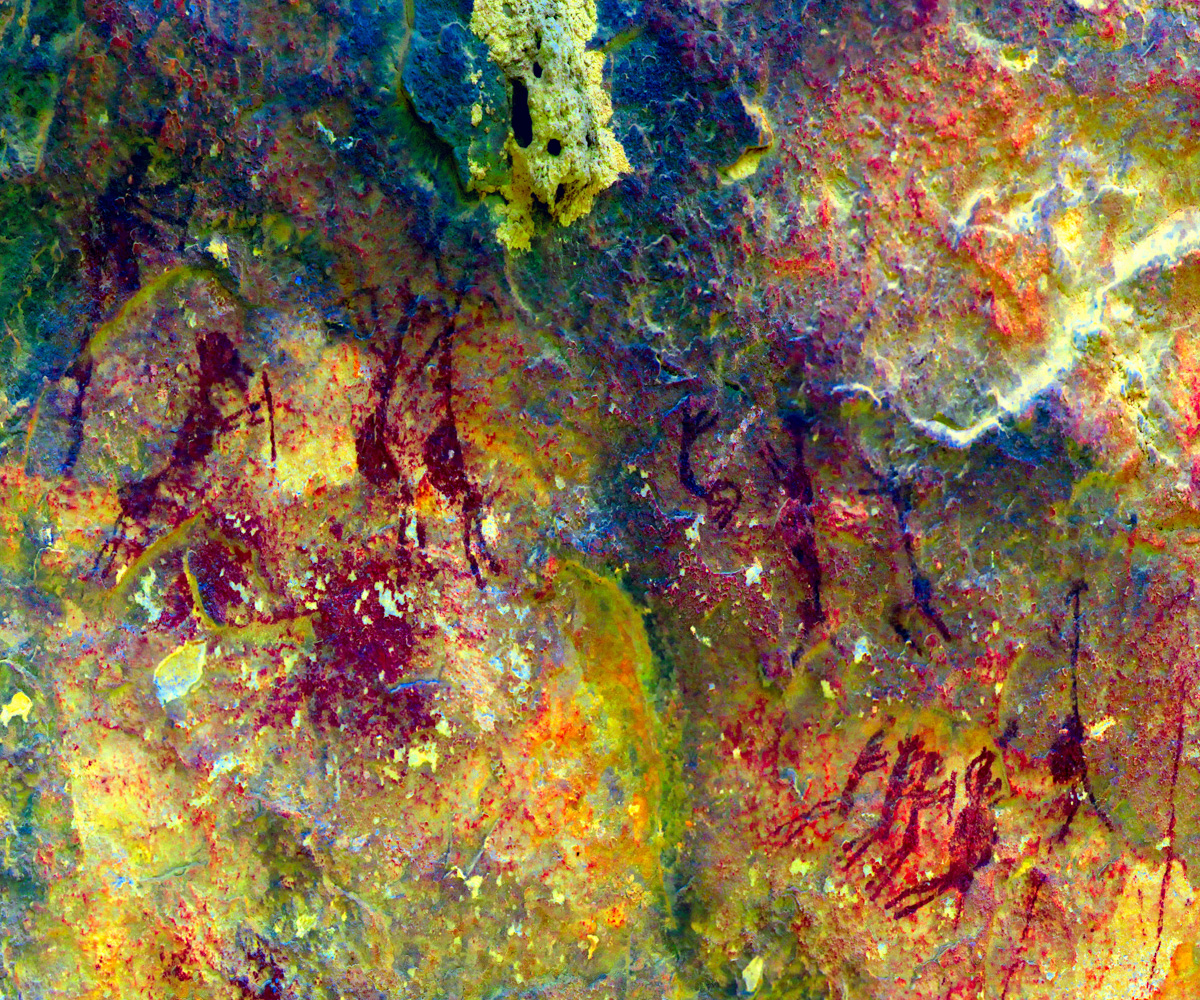
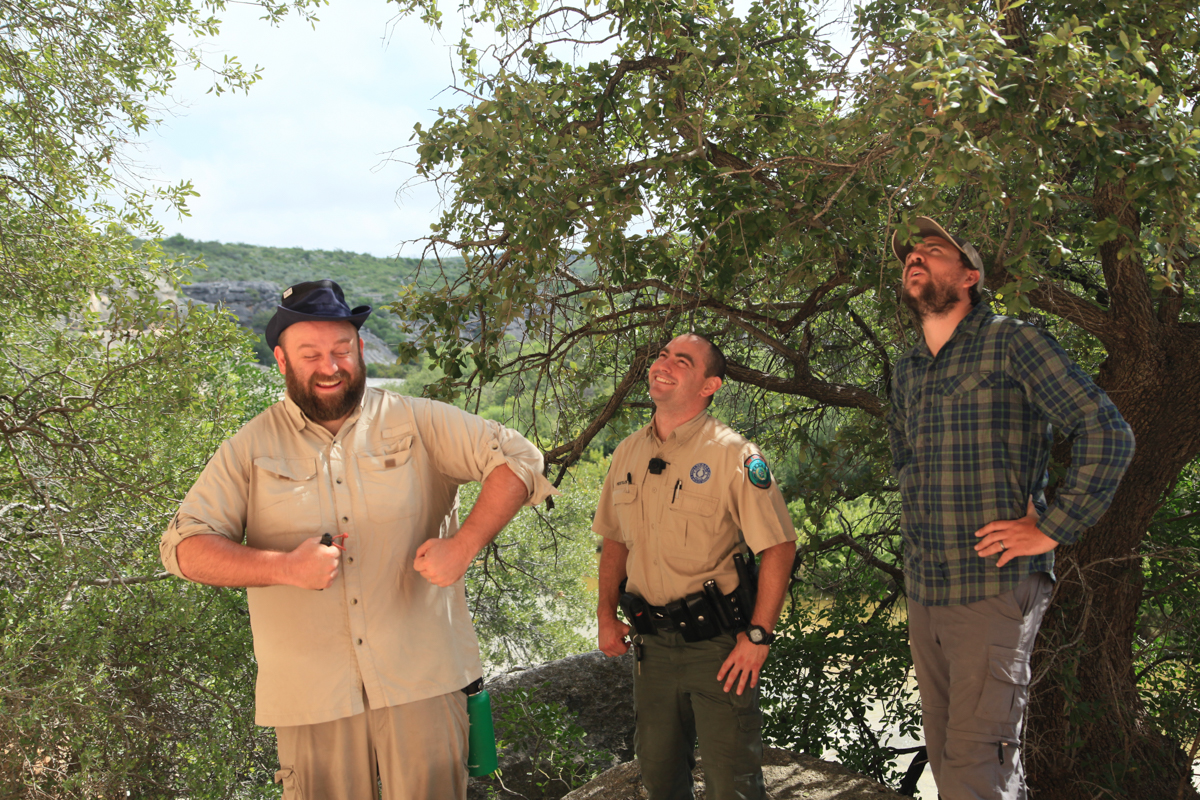
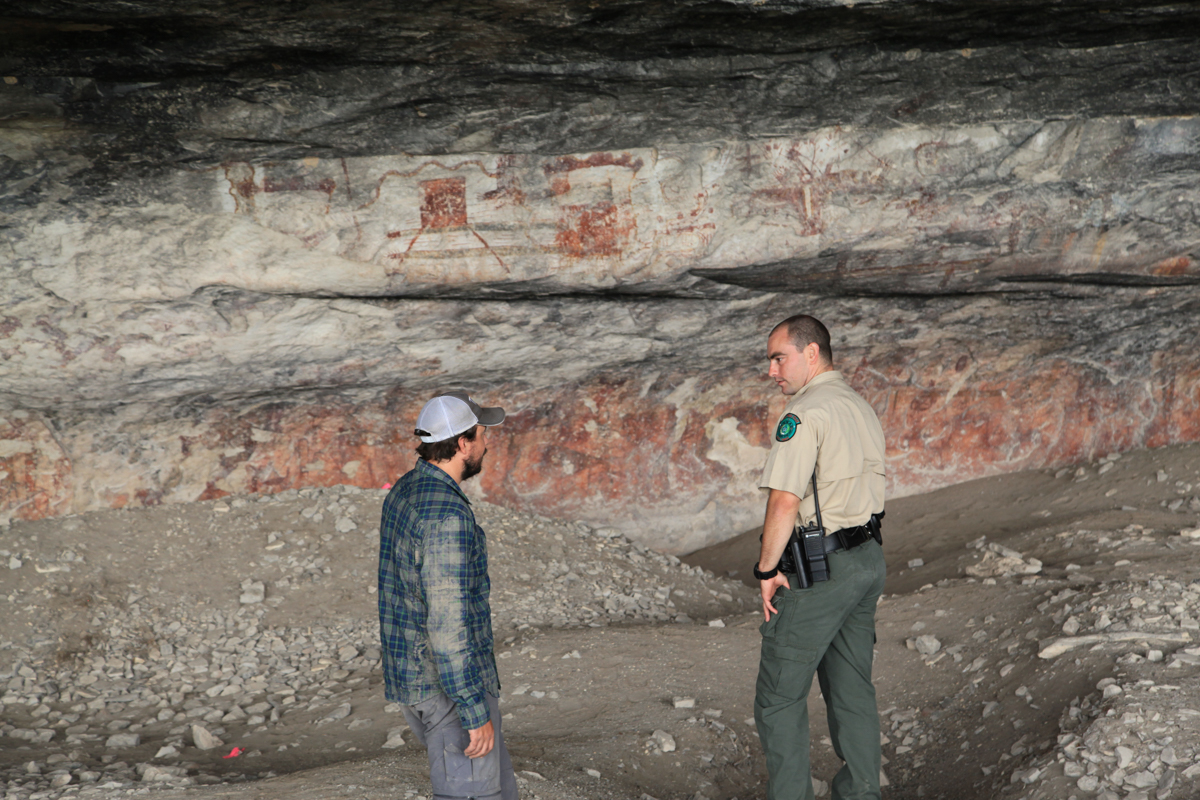
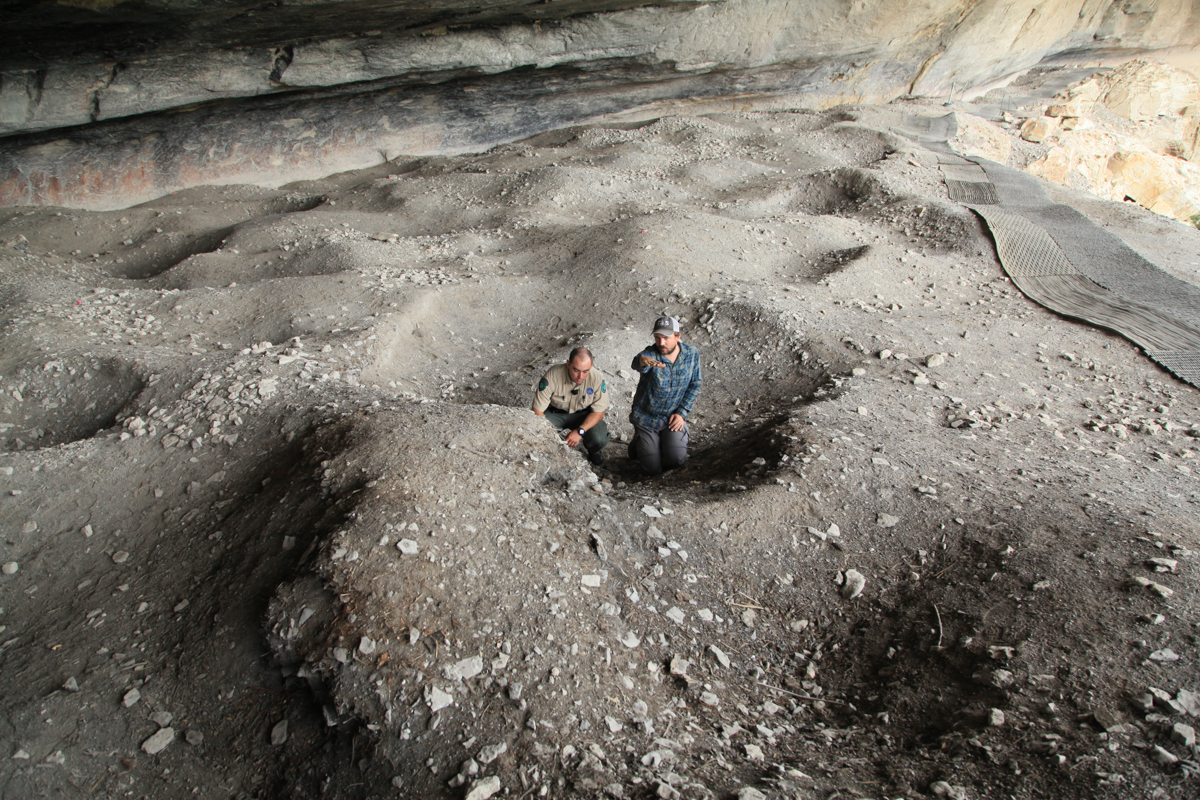


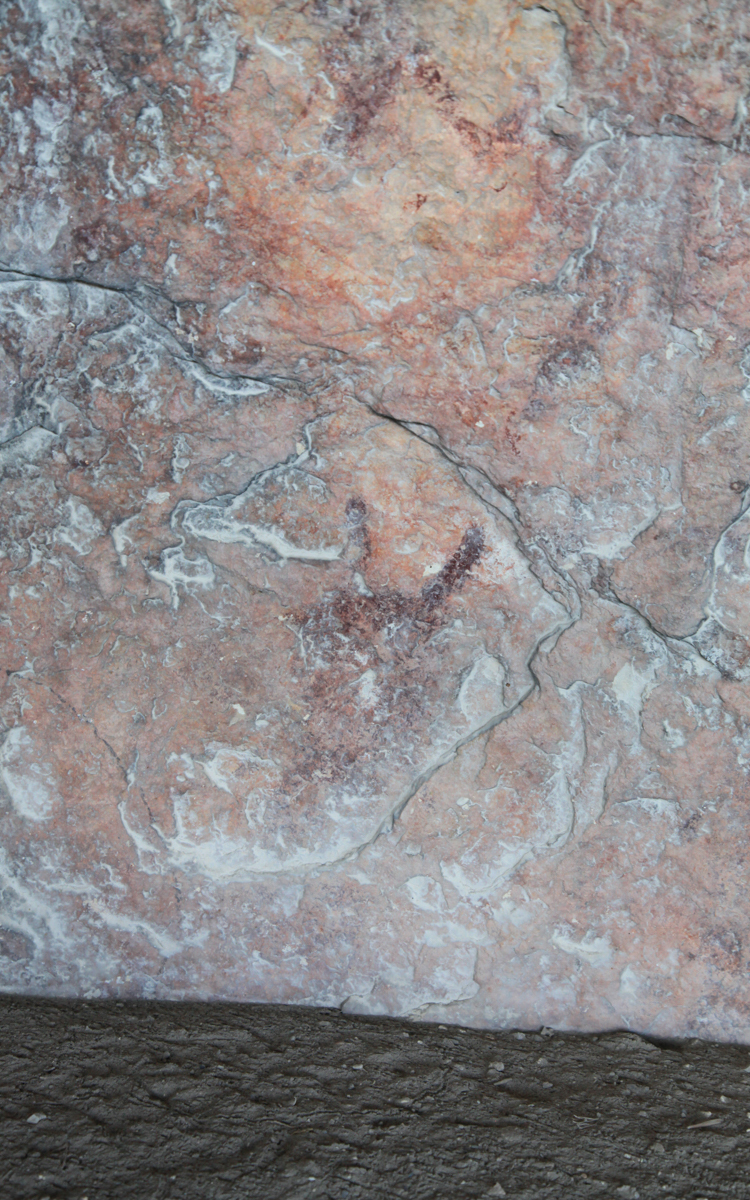
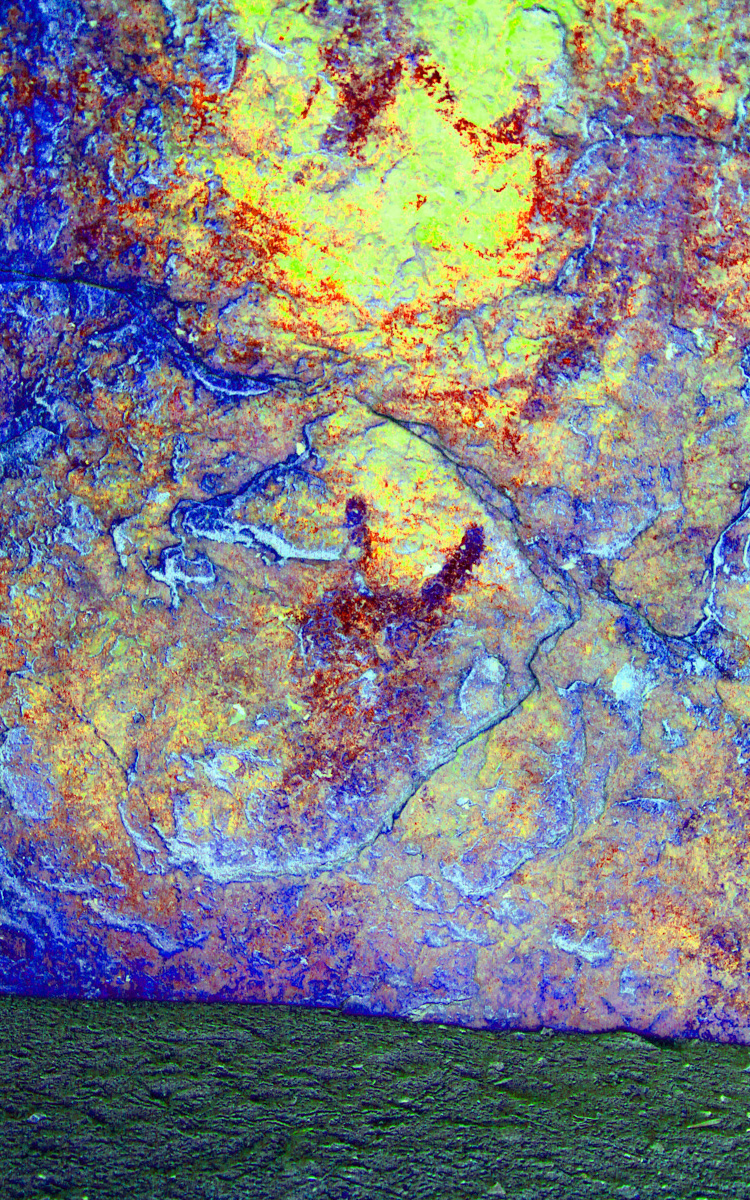
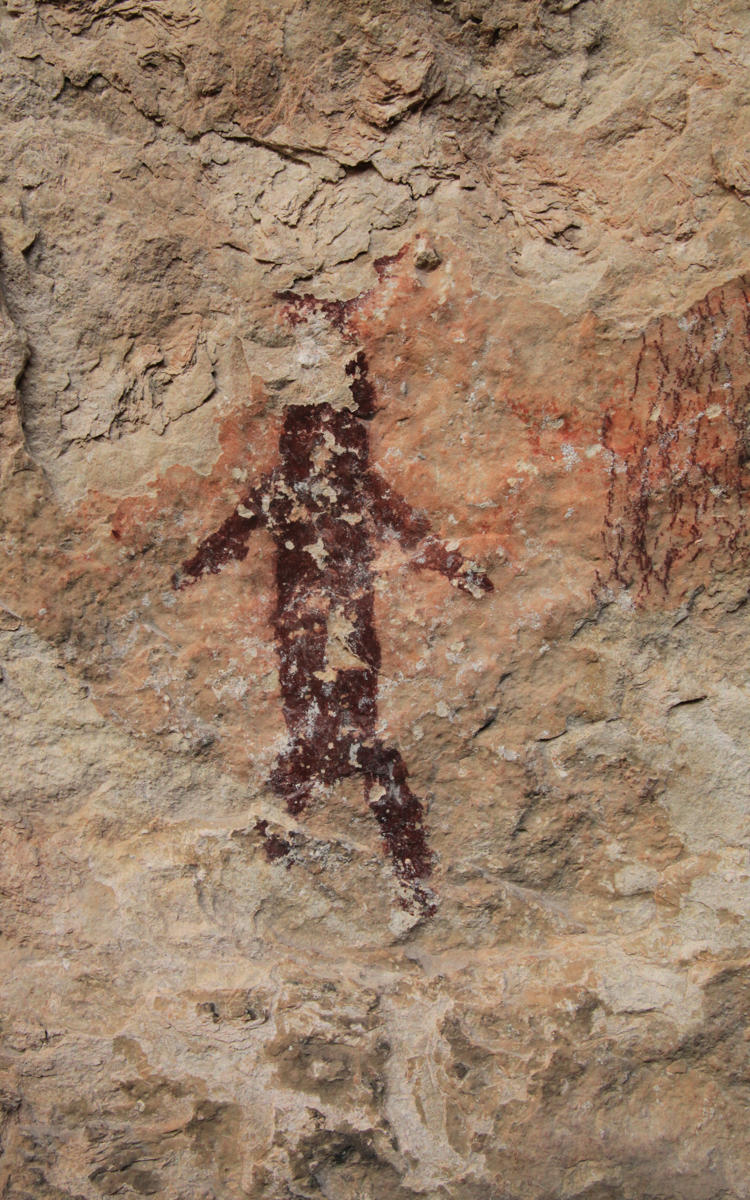
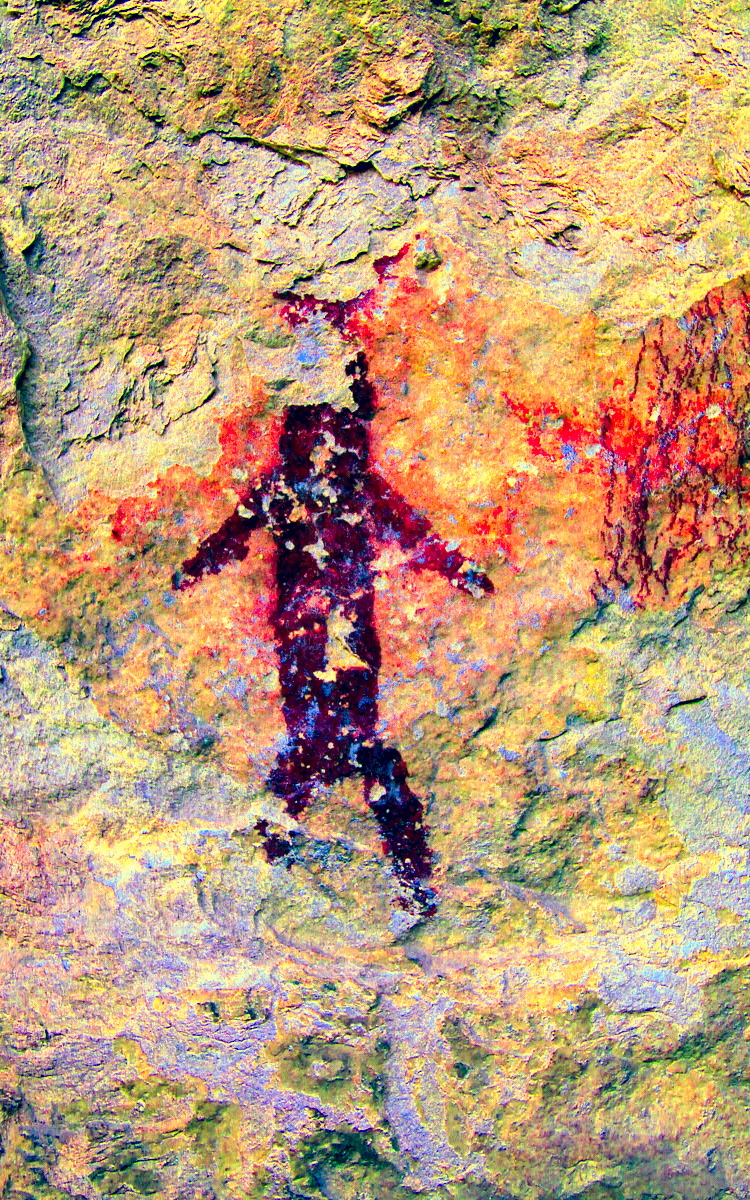
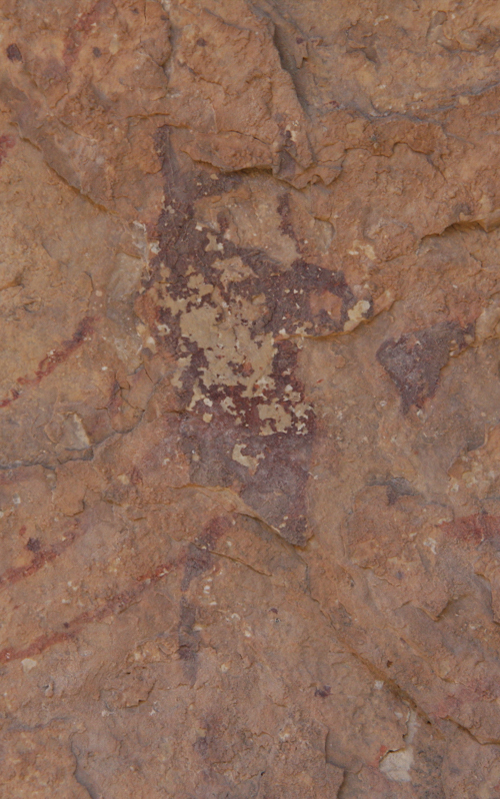

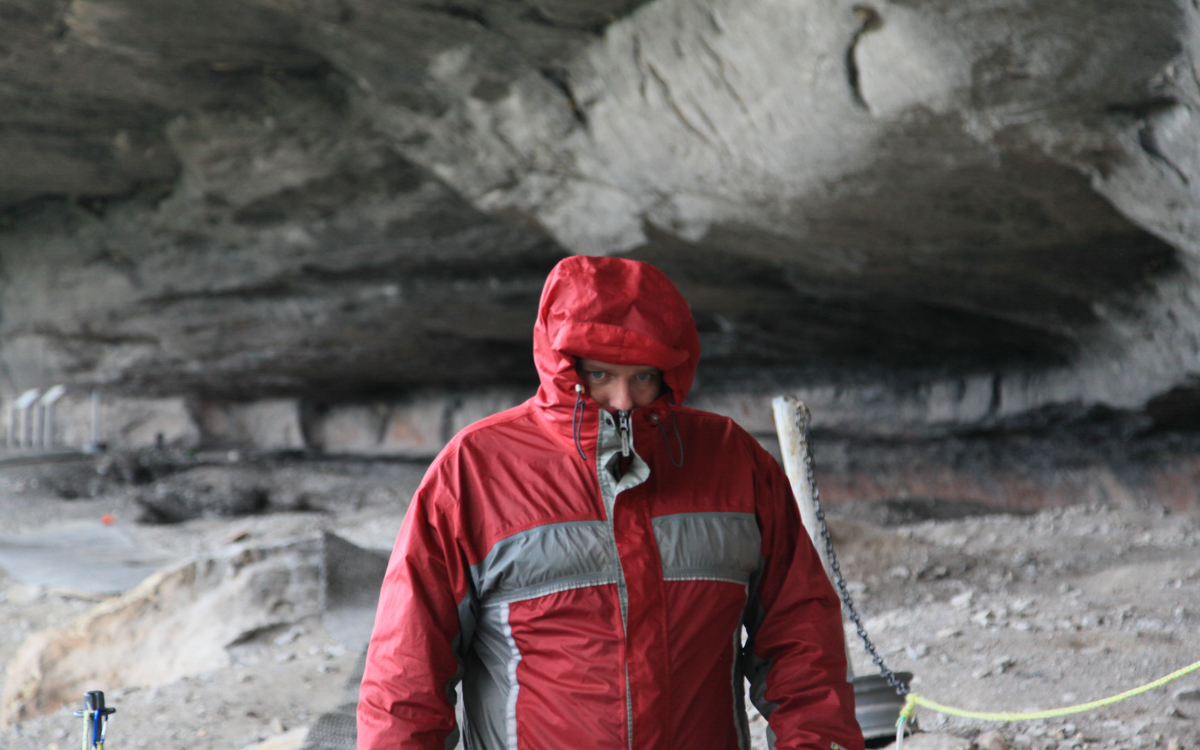
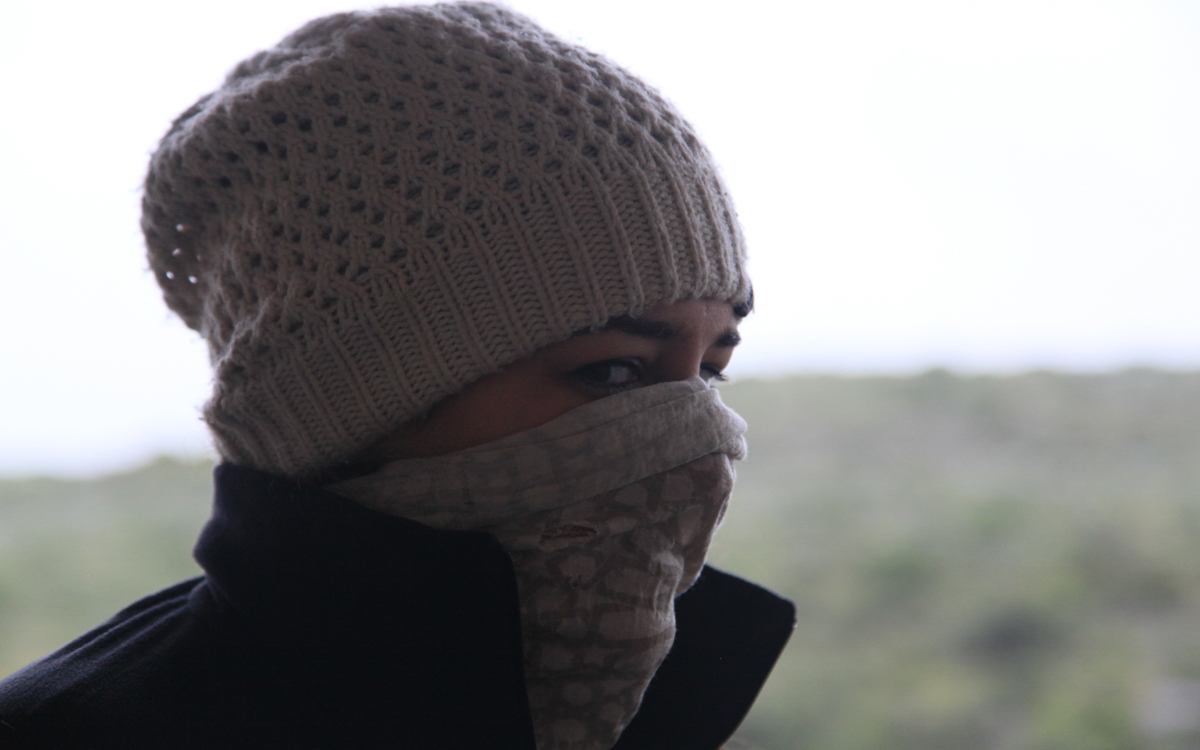
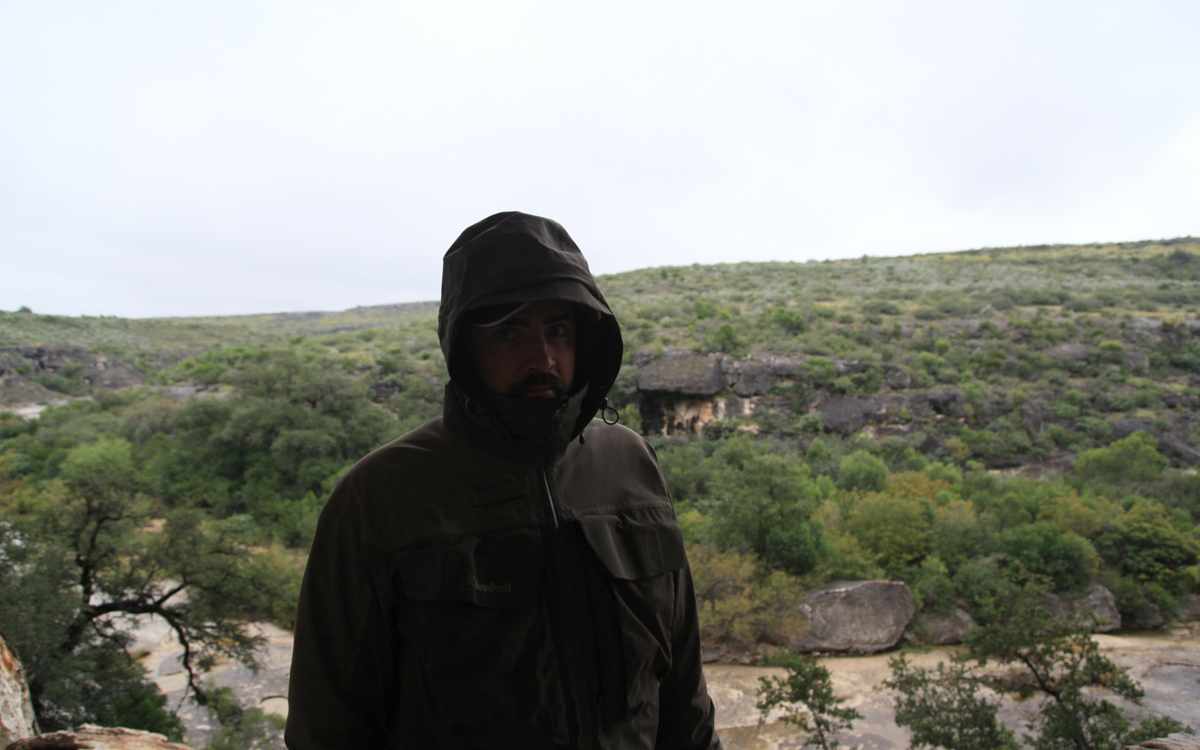
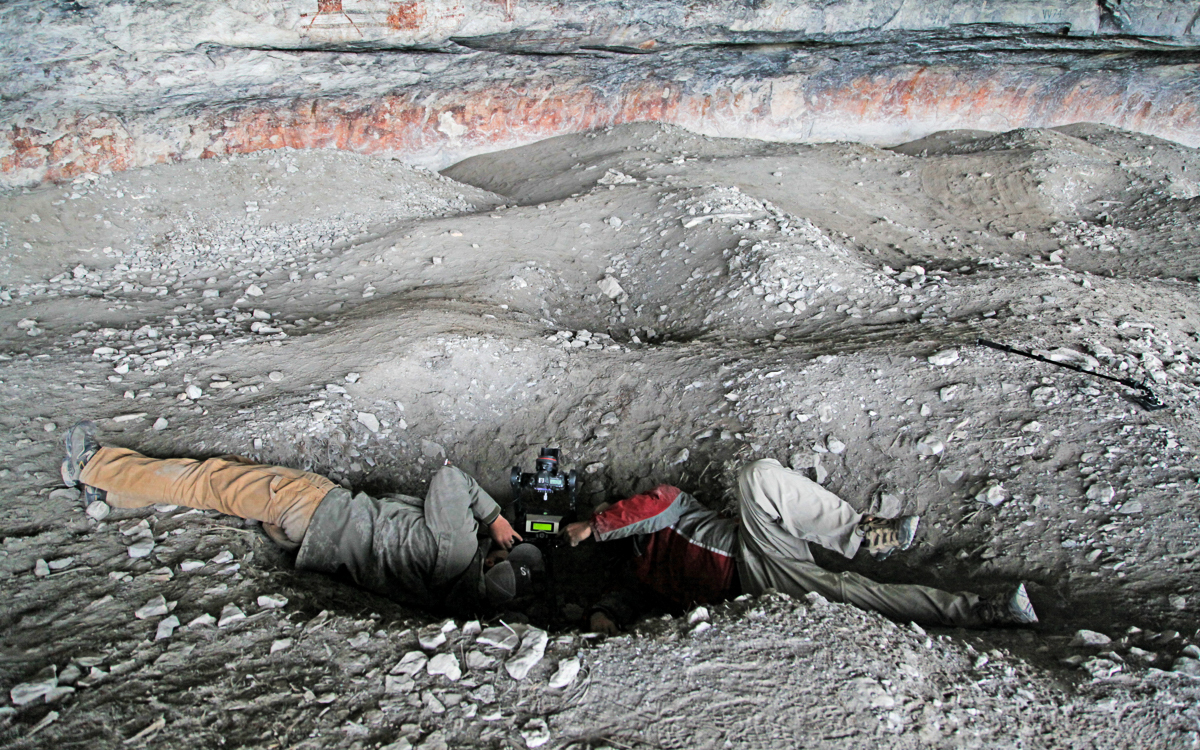
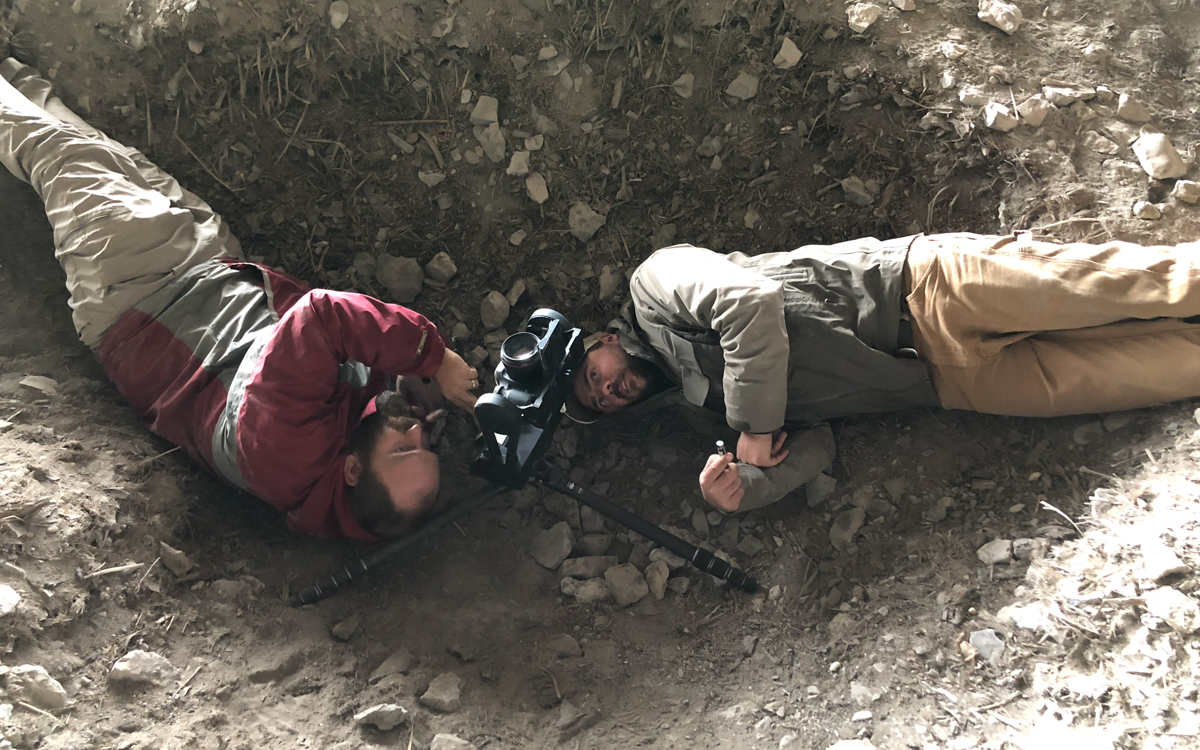
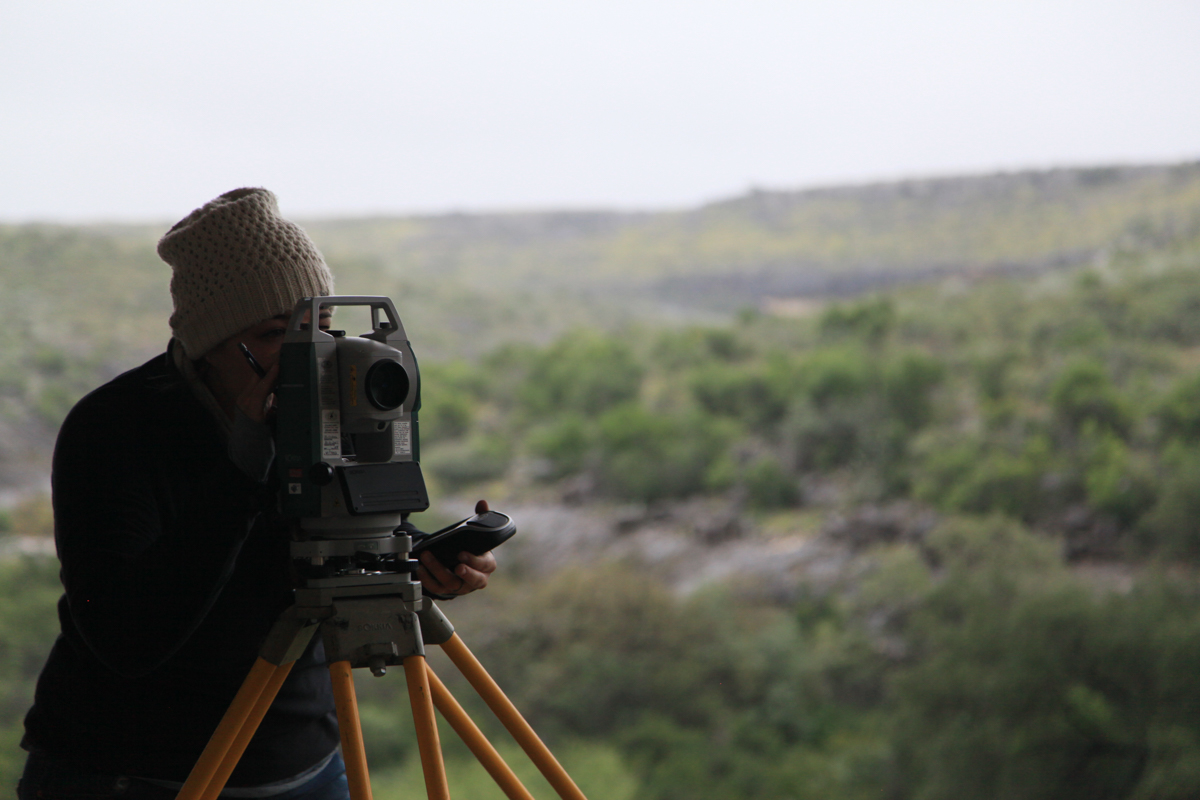
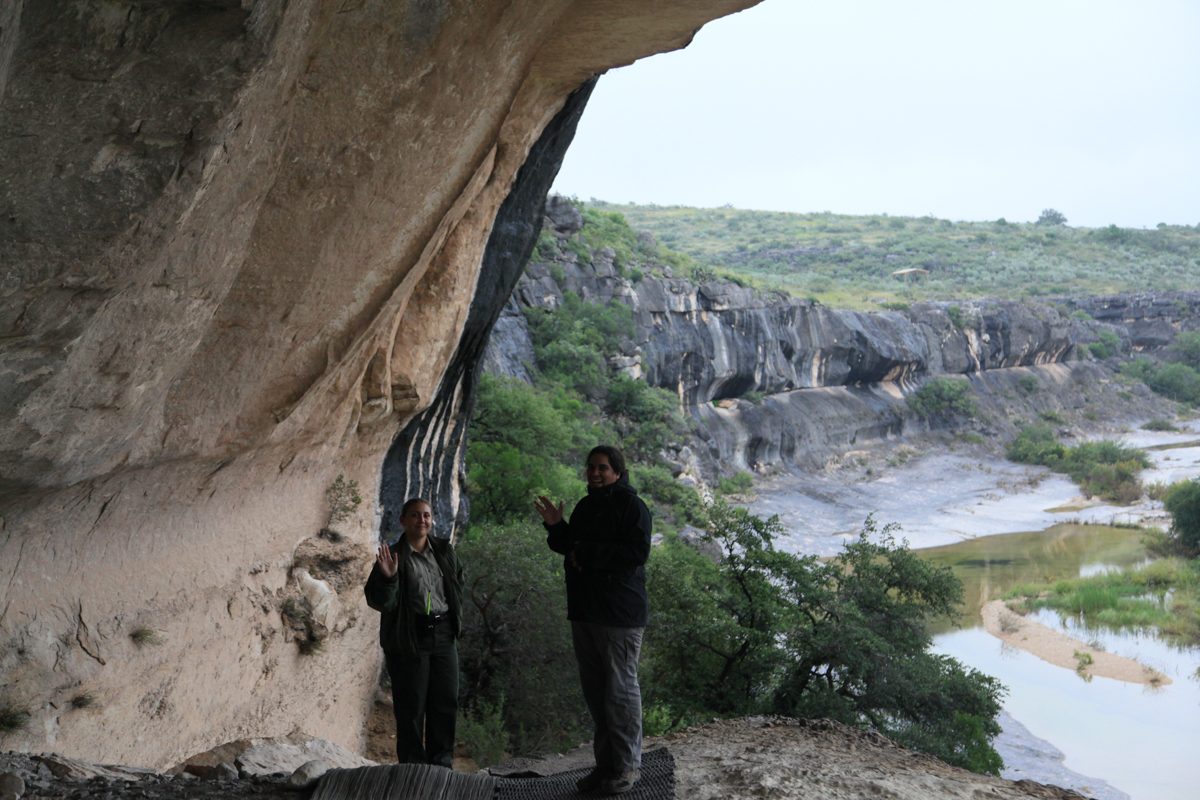
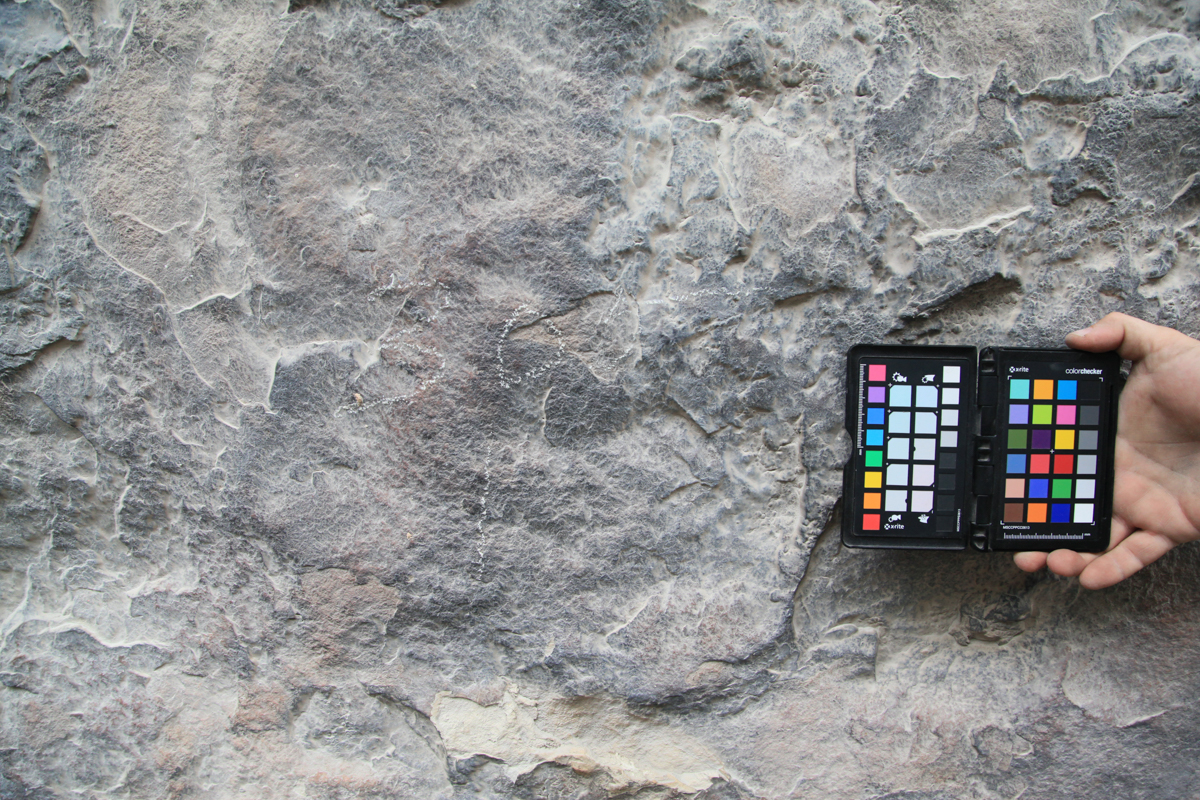
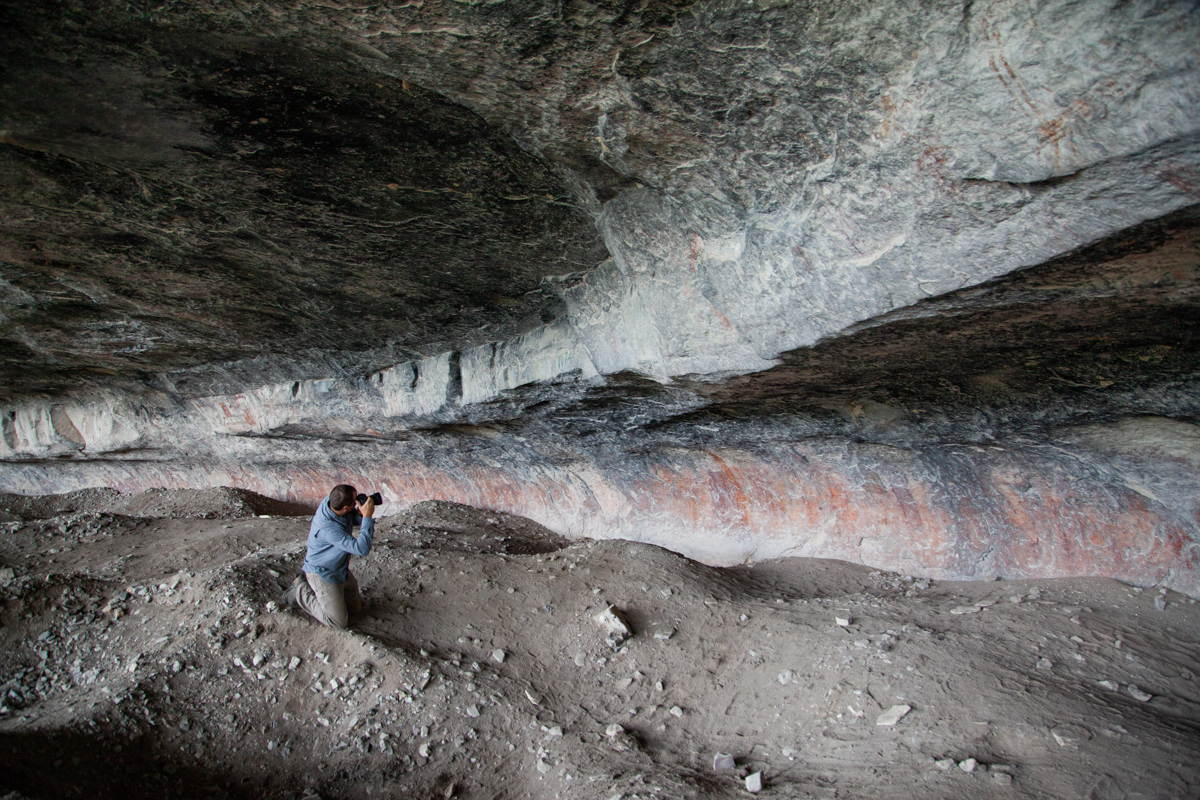
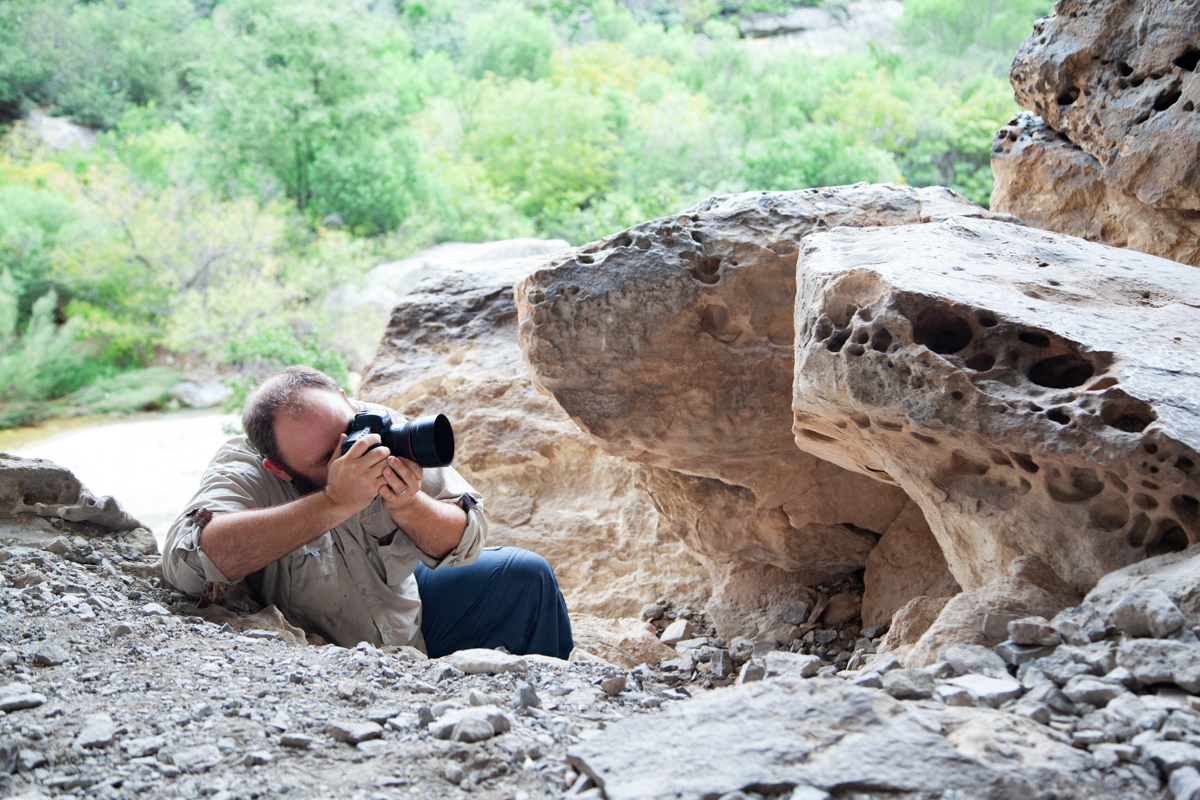
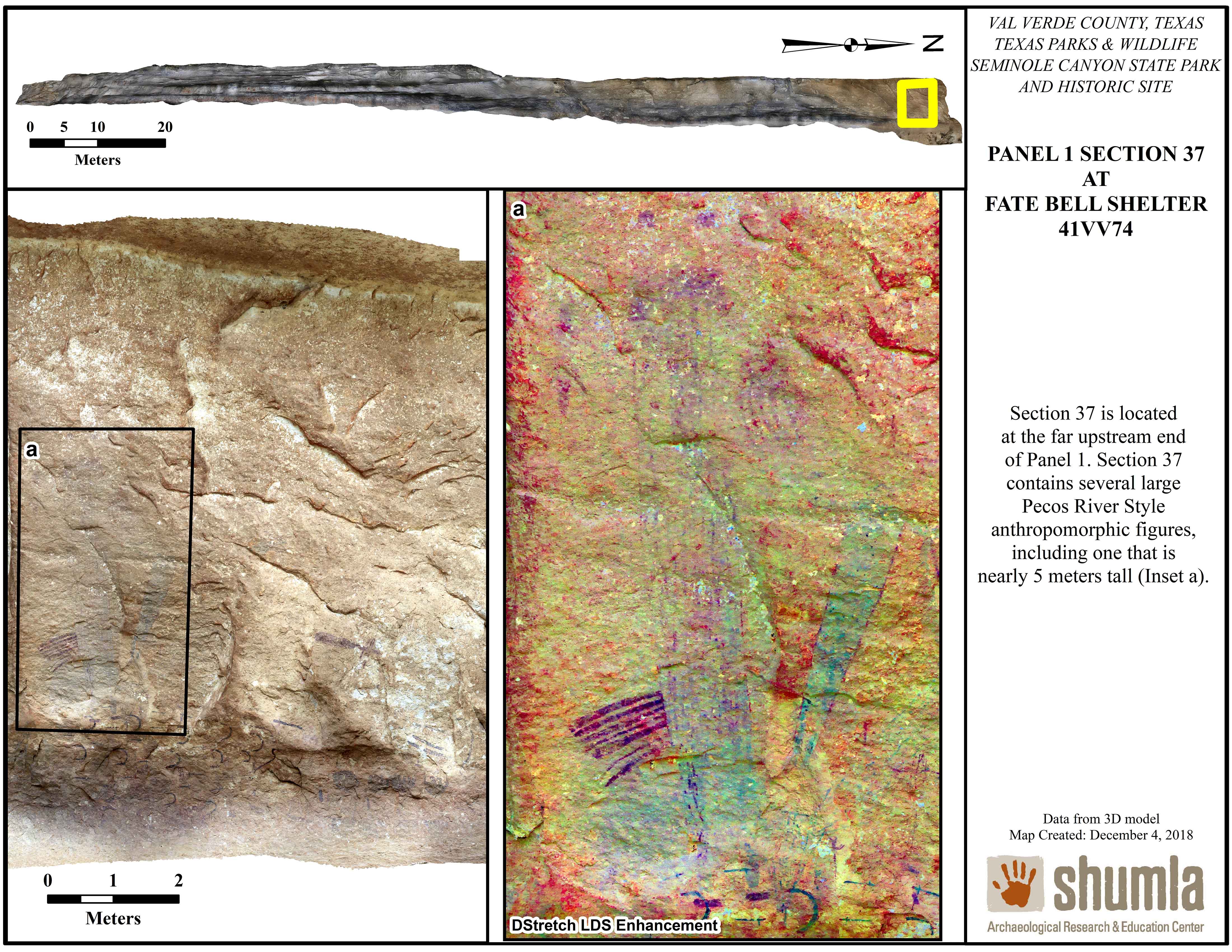
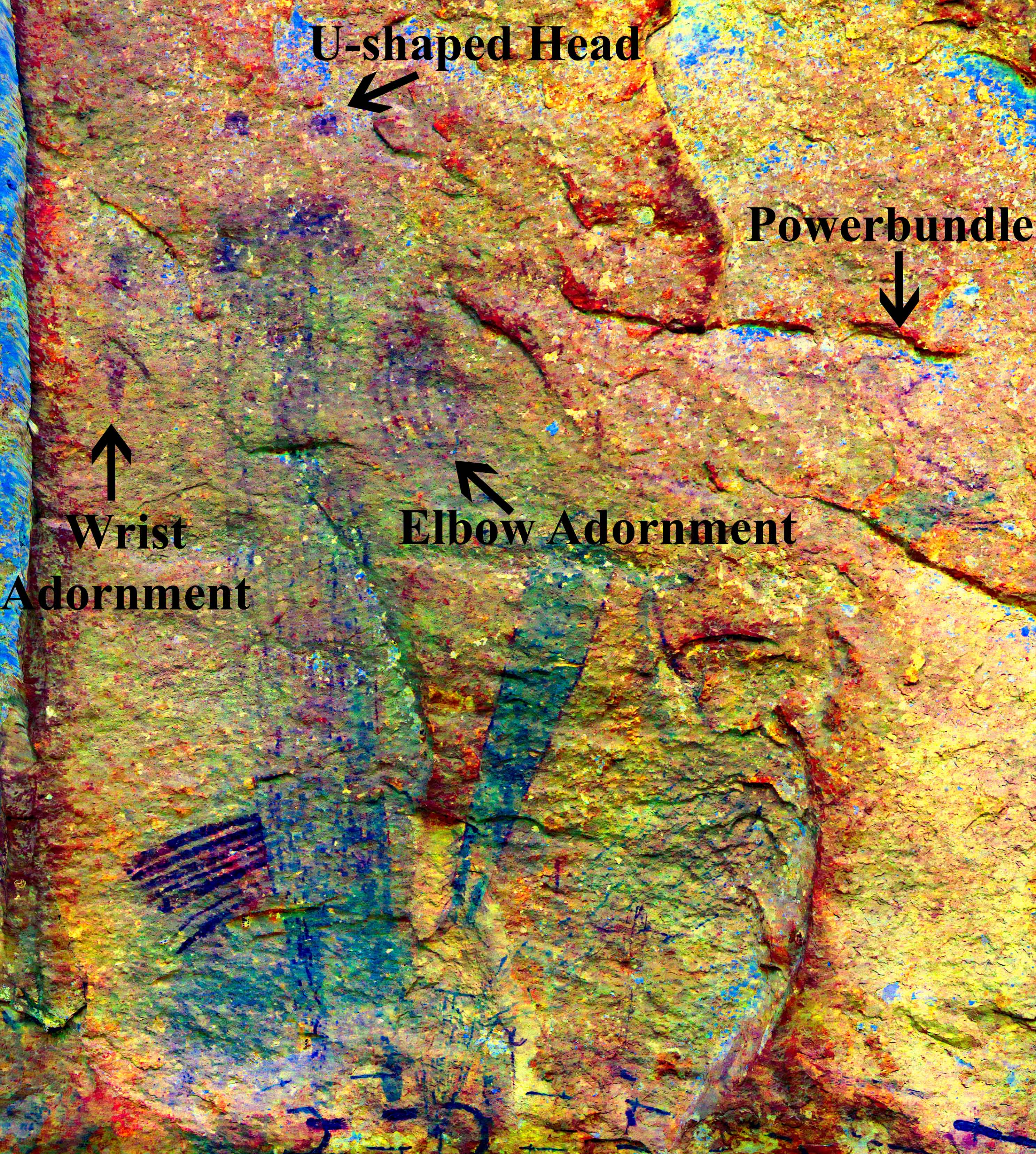
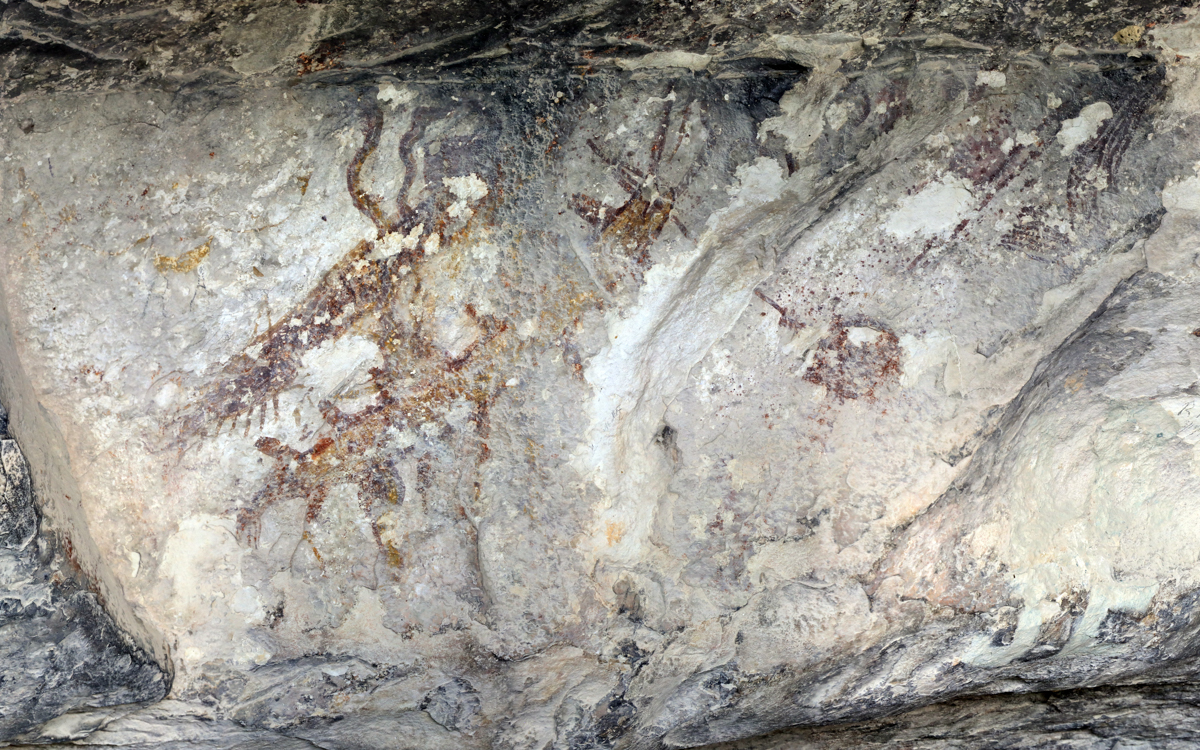

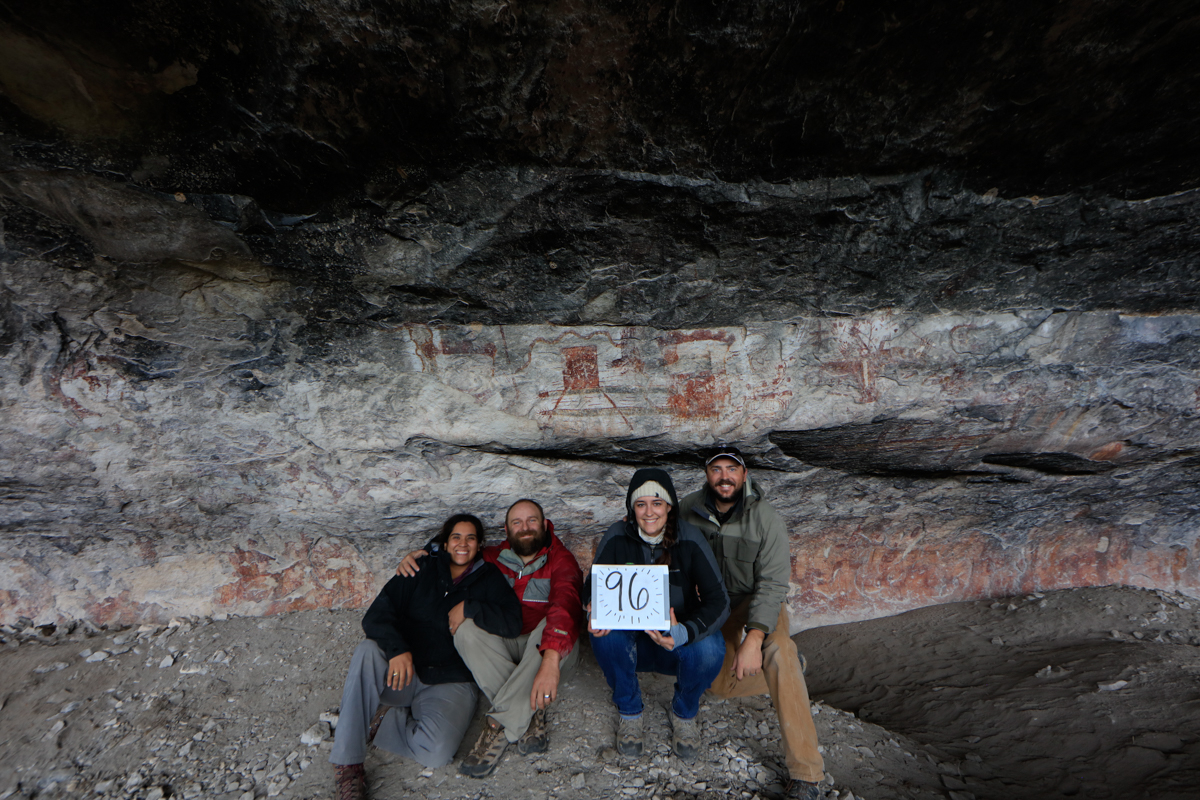
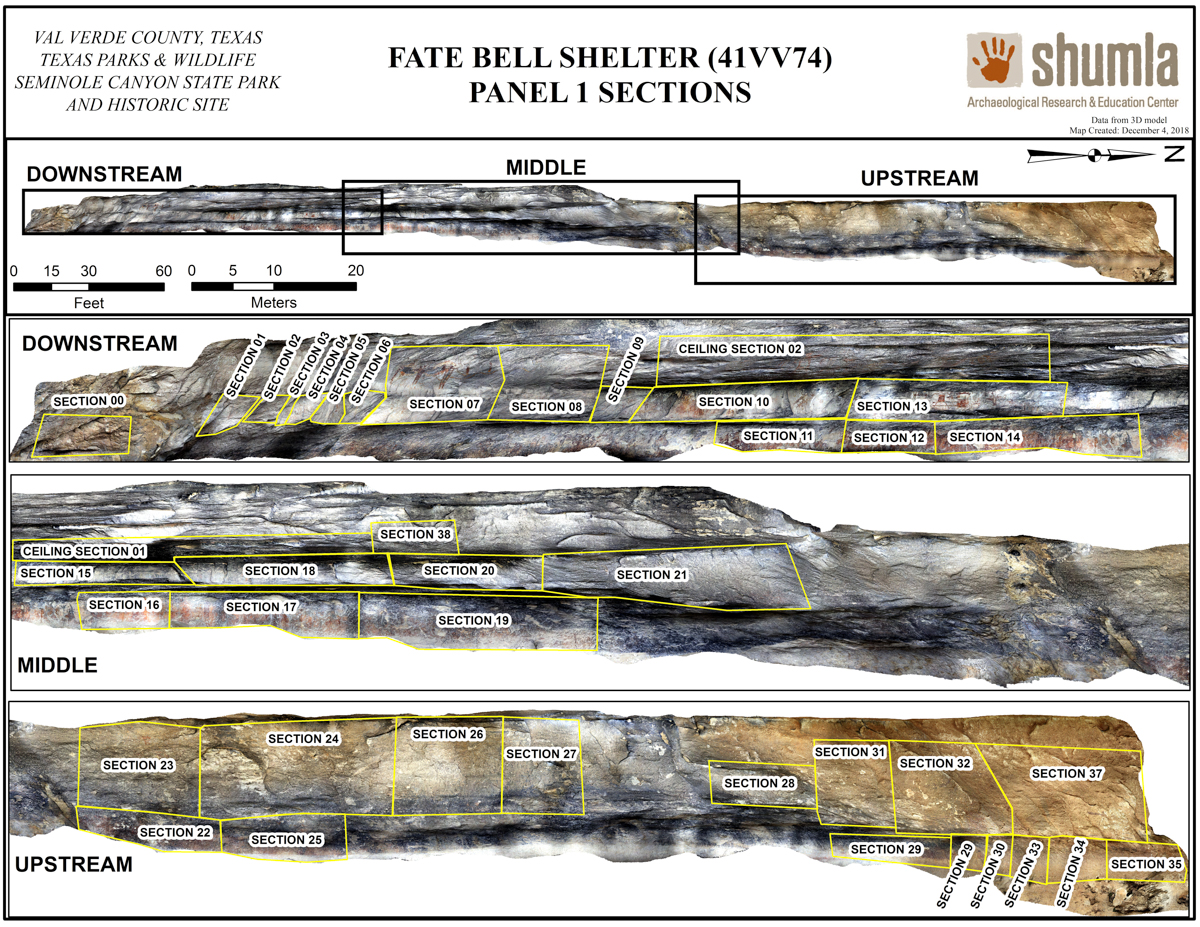
Wow. That is some amazing recording. Absolutely in awe of your work.
This will take a month to even look at. Marvelous! I remember crawling around in the excavated part for about a week with Teddy Stickney’s TX arch group trying to hand draw whatever we could see which wasn’t much. How things have changed and improved in just 10 years. Thank you for doing this important work.
Strange how Kirkland missed the spotted cat since he copied the figures on each side of it.